NOTE: For prior parts in the Hizballah Cavalcade series you can view an archive of it all here.
–
Ansar Allah al-Awfiyya: One of Many New Khomeinist Militias in Iraq
By Phillip Smyth

Figure 1: AAA’s logo. The symbol features the fist-gripping-a-Kalashnikov symbol, which is nearly ubiquitous among Iranian proxy groups.
On August 10, 2014, Ansar Allah al-Awfiyya (The Loyal Partisans of God or AAA), a Shia jihadi militia, announced its existence via Facebook and cast itself as a militia whose purpose is to assist in fighting Sunni Jihadi groups such as the Islamic State (IS, also known as ISIS or the Islamic State of Iraq and al-Sham) and the “Ba’athists” (likely a reference to the Naqshbandi Army or JRTN). Two weeks following its declarations of existence, the group had already reported its first losses.
The group has cast itself as supportive of the Iranian Supreme Leader and attempts to appeal to Iraq’s large Sadrist Movement (Al-Tayyar al-Sadri) by incorporating images of the late Ayatollah Muhammad Muhammad Sadiq Sadr.
Proxy Overlap

Figure 2: A “martyrdom” poster released for a Liwa al-Hamad militant killed in Syria. The poster was circulated by and featured the logo of KSAI’s media wing.
While new and relatively unheard of, AAA did not emerge from a void. As with other Iranian proxies, the group has listed itself as one of the many groups belonging to “al-Muqawama al-Islamiyyah fi al-Iraq” (“The Islamic Resistance in Iraq”). Yet, its “Muqawama” credentials are simply one piece to a larger interconnected Iranian proxy network.
Shaykh Haydar al-Gharawi, Secretary General of Kayan al-Sadiq w al-‘Atta fi al-Iraq (KSAI or The Group of Honesty and Caring in Iraq) announced AAA as a militia associated with his small Maysan Province based party. LSAI has been politically active since 2012 and has had members serve on Maysan’s provincial council. In June, one LSAI leader on Maysan’s provincial council declared the province would allocate billions of Iraqi dinars to assist with training for volunteer fighters.1
KSAI has also promoted its association with Akram Kaabi, the Secretary General of Liwa al-Hamad’s parent group, Harakat Hizballah al-Nujaba. Since HHN has sub-militia groups, such as Liwa Ammar Ibn Yasir and Liwa al-Imam al-Hasan al-Mujtaba, it appears that KSAI has the most extensive links with HHN’s Liwa al-Hamad. These associations were exposed via Facebook posts earlier in 2014 via the posting of “martyrdom” notices from the group about a member killed fighting as part of Liwa al-Hamad. Additionally, the same style of graphics used for Liwa al-Hamad’s online posts are replicated. Further demonstrating the deep links between Liwa al-Hamad and AAA, Liwa al-Hamad’s official Facebook pages have even adopted the logo of AAA.
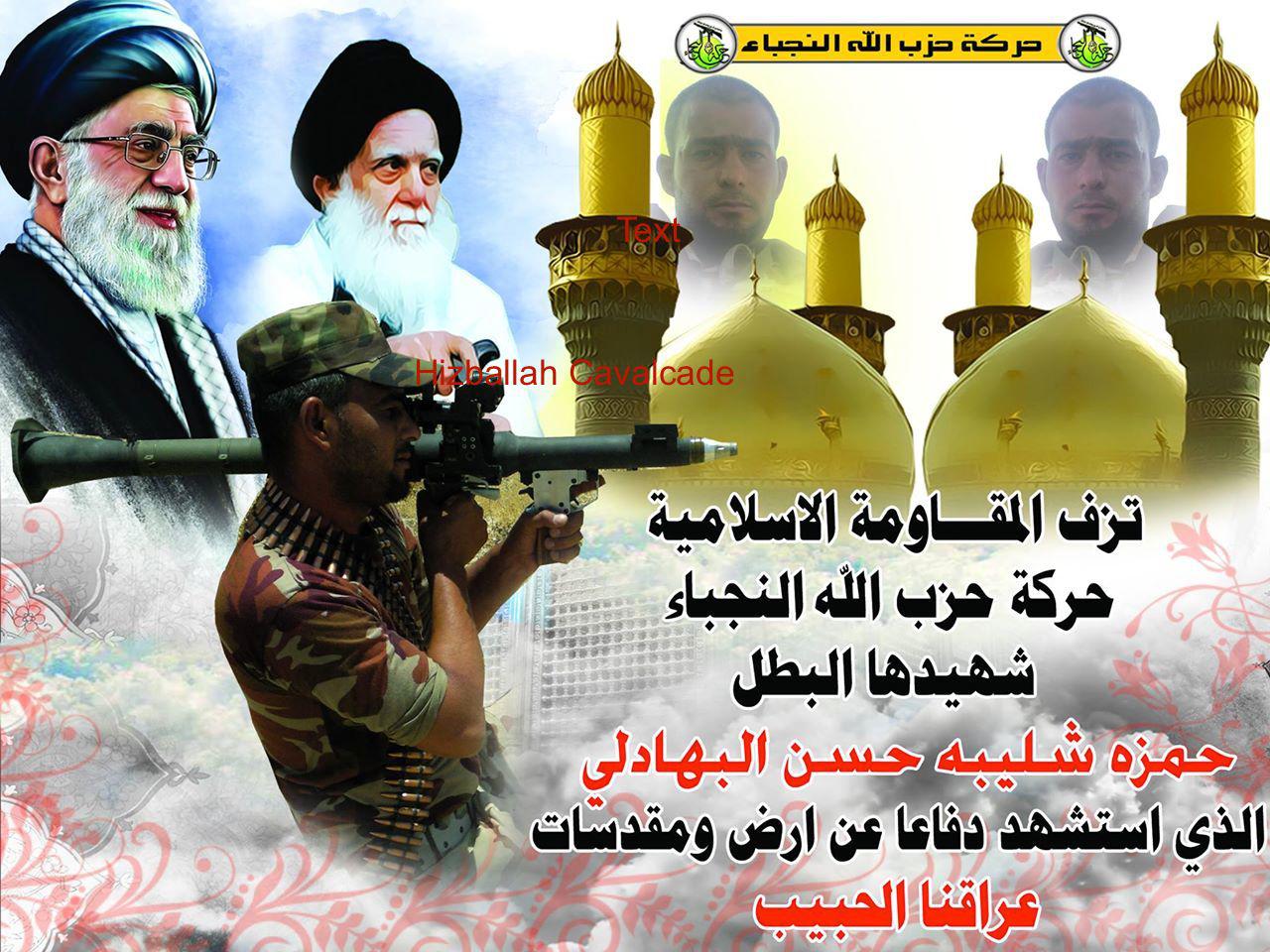
Figure 3: A “martyrdom” poster for a HHN member. The image is the same model used by AAA.
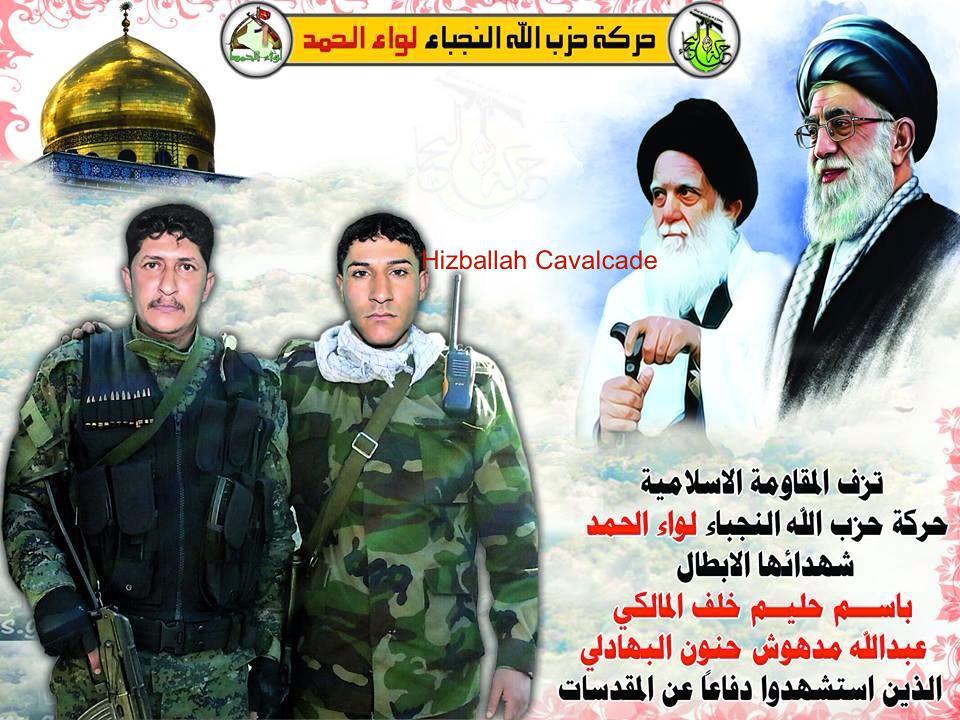
Figure 4: A “martyrdom” poster for Liwa al-Hamad. This model is the same as AAA’s “martyrdom” imagery.
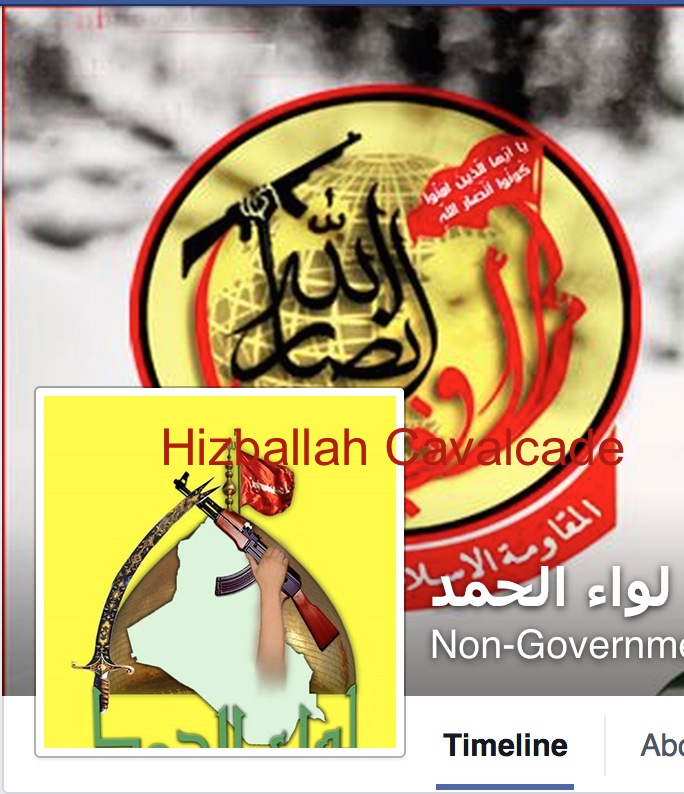
Figure 5: Liwa al-Hamad’s official Facebook page has also adopted the AAA logo.
Ansar Allah al-Awfiyya has also claimed it is affiliated with Harakat Ansar Allah al-Awfiyya, (The Movement for the Loyal Partisans of God). It is unknown whether the group is attempting to market itself as a separate or unified movement with LSAI, or simply using the term “Harakat” (“Movement”) to appear larger and/or more developed. Nevertheless, the creation of multiple interlinked groups utilizing commanders who were members of other established organizations is a common strategy within the realm of Iran proxy militias.2
Ansar Allah al-Awfiyya Joins the Battle
AAA has not yet announced the areas of Iraq in which their armed forces are operating. However, other details have emerged. Shaykh Haydar al-Gharawi, the Secretary General of KSAI has now been simultaneously described as AAA’s Secretary General. From released images, the group appears to follow the same types of tactics utilized by other groups when they have gone about asserting their presence in the arena of Iraqi Shia militias. The group has pressed civilian vehicles into service and declared the deaths of two members, including a commander, Muhammad Abdul Amir Ibrahim al-Assadi.
It is likely AAA is organized along the lines of other Iranian proxies, with the militia borrowing fighters from other established organizations in order to appear more powerful and established. Nevertheless, since the group already has a strong regional influence, it is possible it can count on the regional populace it represents to assist with the recruitment of new fighters.
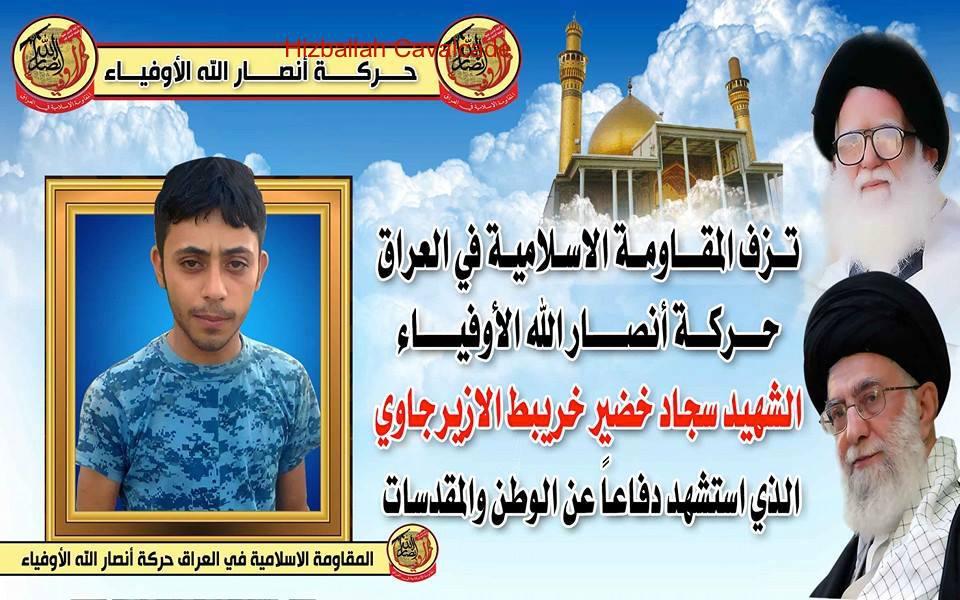
Figure 6: “Martyrdom” poster for an AAA member announced killed on August 31, 2014.
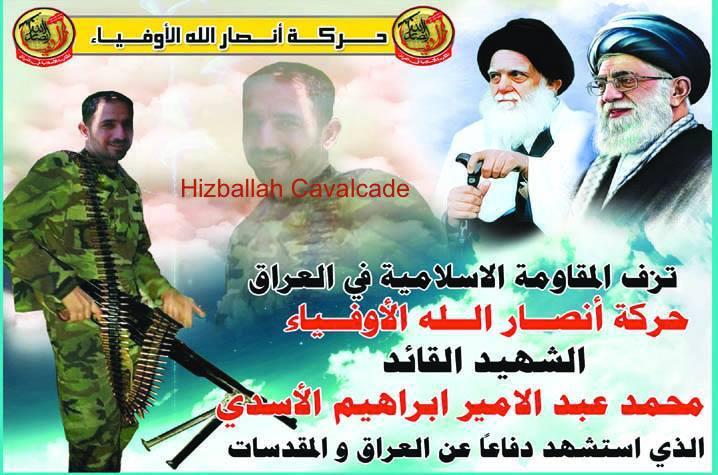
Figure 7: AAA commander Muhammad al-Assadi was declared killed while fighting in Iraq in a number of posts on August 24, 2014.
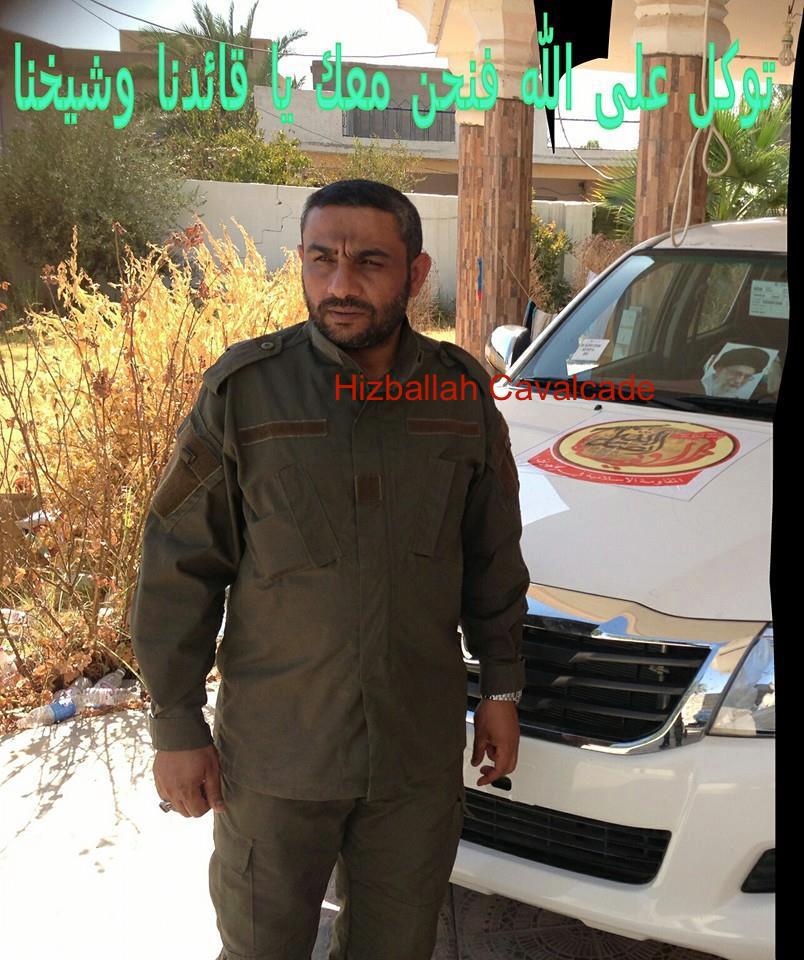
Figure 8: AAA’s secretary general, is shown in uniform posing in front of a car featuring the group’s logo and a poster of Iranian Supreme Leader Ayatollah Khamenei.
_____________
NOTES:
Category: Liwa’a ‘Ammar Ibn Yasir
Hizballah Cavalcade: Faylak Wa'ad al-Sadiq: The Repackaging of an Iraqi “Special Group” for Syria
NOTE: For prior parts in the Hizballah Cavalcade series you can view an archive of it all here.
—
Faylak Wa’ad al-Sadiq: The Repackaging of an Iraqi “Special Group” for Syria
By Phillip Smyth
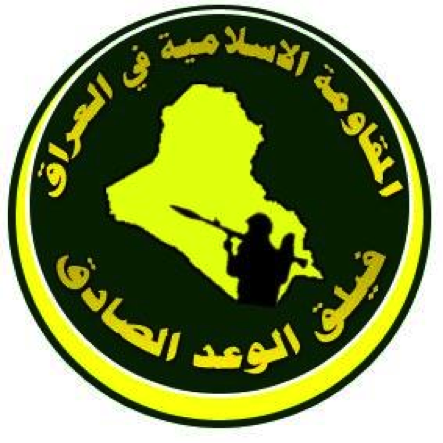
Figure 1: Faylak Wa’ad al-Sadiq’s logo. The top line reads: “The Islamic Resistance in Iraq” (“Al-Muqawama al-Islamiyya fi al-Iraq”). The bottom says, “The Truthful Promise Corps” (“Faylaq al-Wa’ad al-Sadiq”). The logo features the map of Iraq in the center with a blackened figure holding an RPG-7.
Officially known as Al-Muqawama al-Islamiyya fi al-Iraq-Faylaq al-Wa’ad al-Sadiq or The Islamic Resistance in Iraq-The Truthful Promise Corps (FWS), this organization has made some waves in Arabic-language media following the discovery of some of its images on social media networks.[1] Led by a Secretary General, FWS’s current leader is Iraqi Shia Sheikh Abu ‘Ammar al-Tamimi (A.K.A. Shiekh ‘Ammar). The organization also claims to be based in the holy city of Najaf, Iraq. It is clear from assessing the trajectory of public statements and their social media presence that the FWS appears to be increasing its public presence in an effort to establish the belief there are further organized Shia Islamist force deployments in Syria.
The group’s name references Lebanese Hizballah’s Secretary General’s long-standing goal to kidnap Israeli soldiers. This “promise” came to fruition in July 2006, when fighters from Lebanese Hizballah attacked an Israeli military convoy and kidnapped two Israeli soldiers and killed three. The attack spurred what would turn into the more than a month long 2006 Hizballah-Israel War.[2]
It is unclear whether it was created immediately following the 2006 Hizballah-Israel War or if it was established later in 2010-2011.
Reportedly, the FWS was first established to “fight the U.S. occupation of Iraq and the collaborators [associated with it]”.[3] In January 2012, FWS claimed it had no interest in running for elections or becoming part of the Iraqi government.[4] In August 2012, the FWS’s spokesperson Sheikh ‘Amr al-Lami, claimed the group changed paths and stated it would instead focus on civil projects. One year later, the organization claimed to have sent its first fighters (from a “military wing”) to Syria in order to, “defend shrines”.[5] “Shrine defense” has been the most prevalent narrative used by Iranian-backed Shia Islamist fighting groups which have deployed to Syria.
The group also made its first video and a group musical anthem public in January 2014. Though it appears to have been uploaded in February 2012. It is possible FWS uploaded the clip many months ago, then made it “private”, only to re-release it as part of a ramping-up of their public image. In the short clip, the FWS-subgroup which claims the attack is called Kata’ib Musa al-Khadhim-Sariyya ‘Ammar Ibn Yasir (The Musa al-Khadhim Brigade-‘Ammar Ibn Yasir Unit). Musa al-Khadhim references the seventh Imam in Twelver Shia Islam.[6] The targeted vehicle in the clip appears to be a U.S. armored HMMWV. [7] The naming of subdivisions after imams is a common form utilized by Iranian-backed Iraqi special groups.[8]
Little was known about the organization during the Iraq War (2003) and it had few announcements. The group also claimed to have its own webpage (since 2011). However, when the page is visited, it does not load.[9] Instead, with public appearances and statements by its leadership, it seems that since the summer of 2013, FWS has been dusted-off and repurposed for a new mission in Syria. September 2013 saw FWS start its initial postings on social media pages it had done little with since opening them in 2011.
This may indicate that the FWS was little more than a front-type group during the Iraq War (2003) which may now field rebranded fighters from other groups for the fight in Syria. In turn, this helps create perception of broader Iraqi Shia support for the concept of Wilayat al-Faqih and of this ideological grouping’s war in Syria. Comments on the page largely praised the leadership of Asa’ib Ahl al-Haq. This mirrors newly created front groups such as Harakat Hizballah al-Nujaba (or Harakat al-Nujaba), which fields fighters from Kata’ib Hizballah and Asa’ib Ahl al-Haq (AAH), has a leader from AAH’s ranks, yet is cast as independent organization. Photos of fighters from Harakat al-Nujaba front militias in Syria and those from Asa’ib Ahl al-Haq have found a presence on FWS’s Facebook page and adjoining profiles.
In addition to the organization’s name and links to other Iraqi Shia “special groups”, another element further cementing its relationship with Iran and its proxy militant groups, was the group claiming adherence to the concept of Wilayat al-Faqih. Wilayat al-Faqih, or the Absolute Guardianship by a Jurisprudent is Iran’s form of radical theocratic governing system. In August of 2013, the reported leader of FWS visited Beirut and confirmed his loyalty to the political-religious ideology.[10] The lead jurisprudent, or Wali al-Faqih, who is followed by FWS is Iranian Supreme Leader Ayatollah Khamenei. The organization’s imagery also details their loyalty to Khamenei.
Little is known about FWS’s combat abilities, force size, or deployments. In photos released by the group, it has been shown they have what can be considered a normal small-arms accompaniment, ranging from PKM-type machineguns to Kalashnikov pattern rifles. One important detail about deployments in Syria was that the FWS has only claimed (so far) to have specifically fought in one area, Aleppo. This further helps tie the group to Asa’ib Ahl al-Haq’s Harakat al-Nujaba and their Liwa’a ‘Ammar Ibn Yasir (LAIY). LAIY was the first Iraqi Shia Islamist group to announce they were fighting in Aleppo. The announcement also coincided with the December 2013-January 2014 increase in announced Shia Islamist military activities in Rif Aleppo and the city.
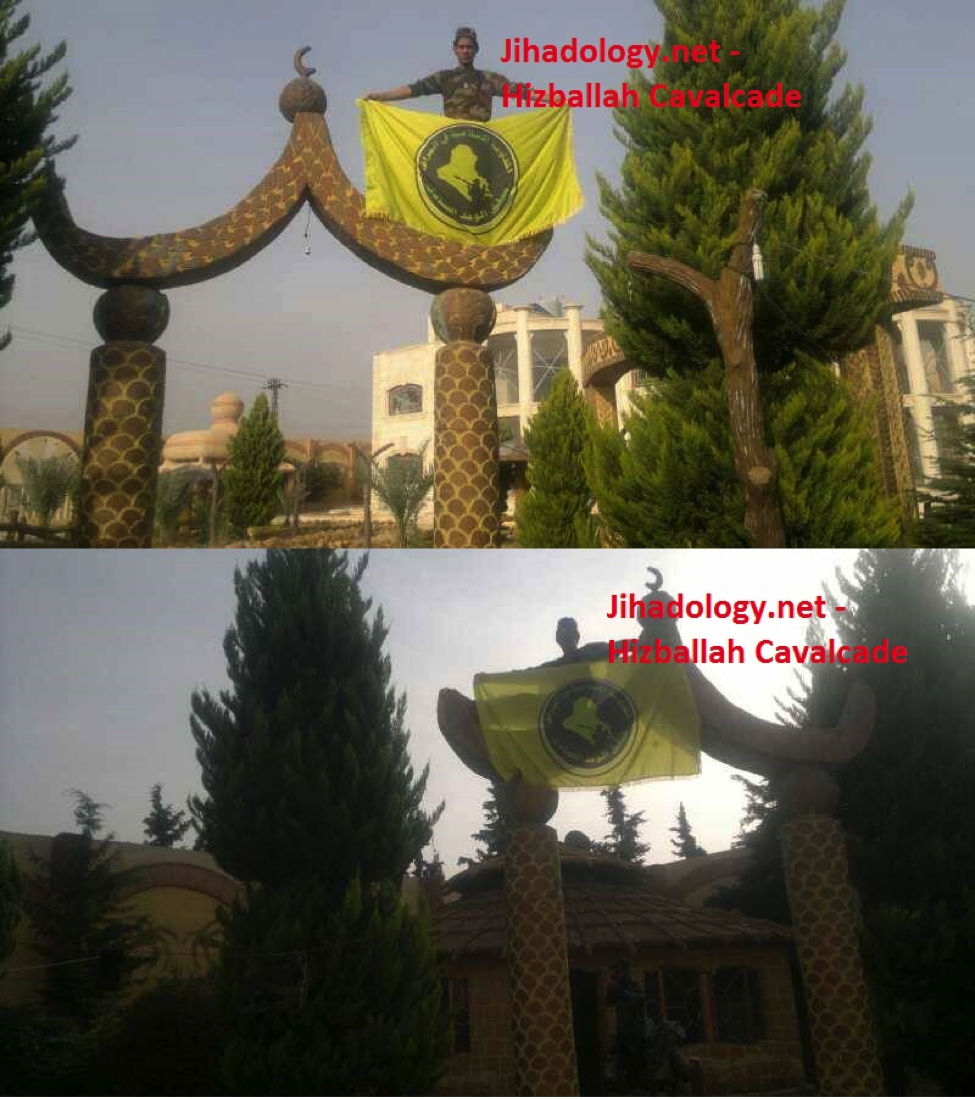
Figure 2: These photos, posted in mid-December, claimed to show an FWS fighter in Aleppo, Syria.
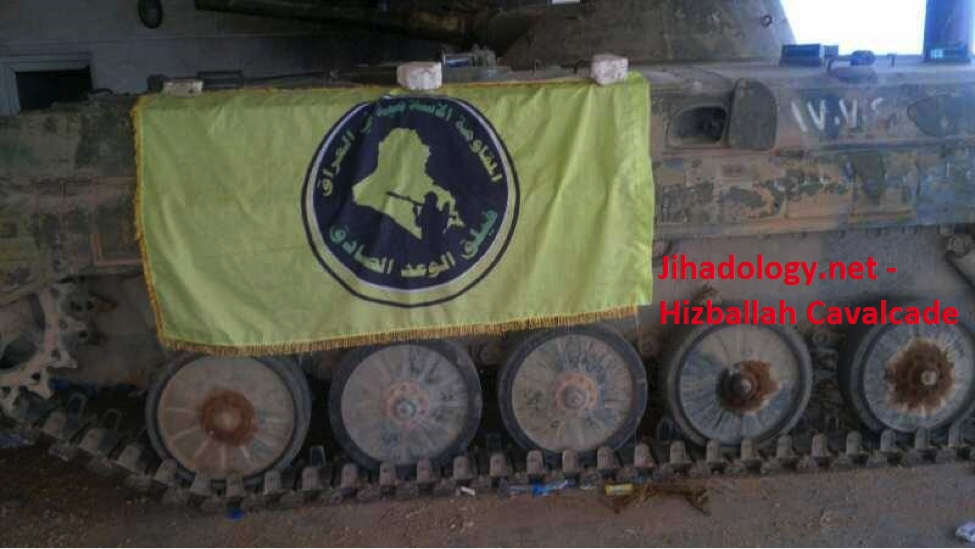
Figure 3: The FWS flag flies on a BMP-1 armored personnel carrier. It is unknown whether this flag was placed on an Iranian, Iraqi, or Syrian BMP-1 infantry fighting vehicle.
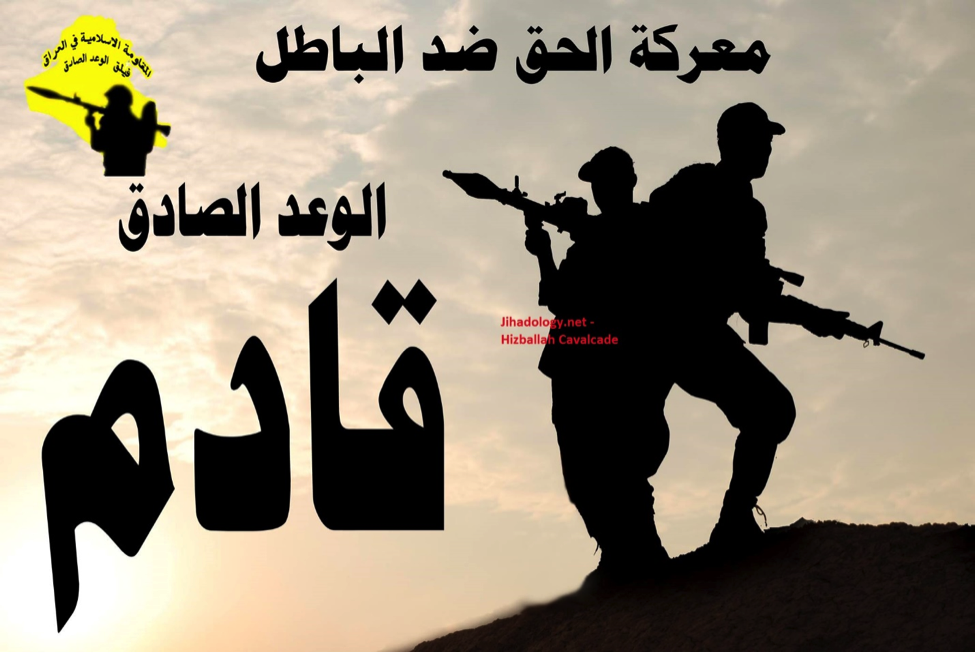
Figure 4: “ma’rkat al-haq dhud al-batl al-wa’ad sadiq qadm” or the “Battle of truth against falsehood, the truthful promise is coming”.
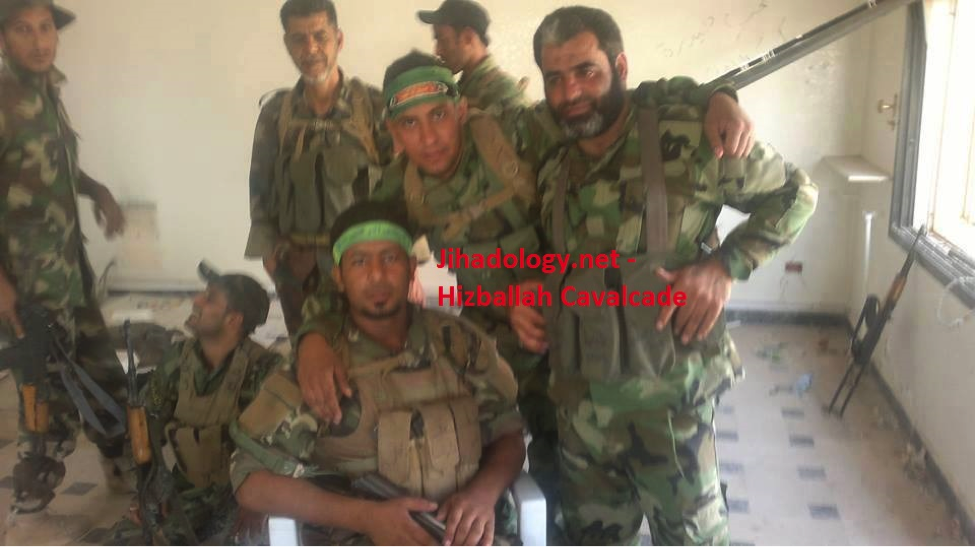
Figure 5: This photo claims these are Faylak Wa’ad al-Sadiq personnel. However, the photo has been posted by other Shi’a Islamist fighting groups.

Figure 6: Iranian Supreme Leader Ayatollah Khamenei and Muhammed Muhammed Sadiq Sadr look from the sky down at burned-out U.S. armored vehicles. An Iraqi flag graphic is flows from the lower-right corner.

Figure 7: Another poster featuring Iranian Surpreme Leader Ayatollah Khamenei and Muhammed Muhammed Sadiq Sadr.
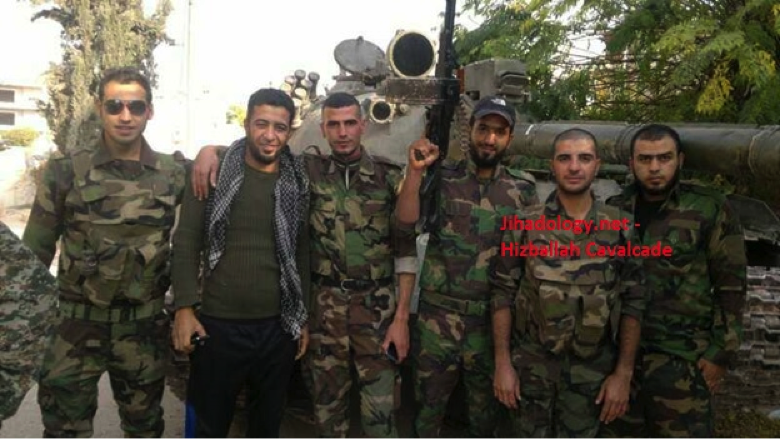
Figure 8: FWS fighters pose in front of a tank.
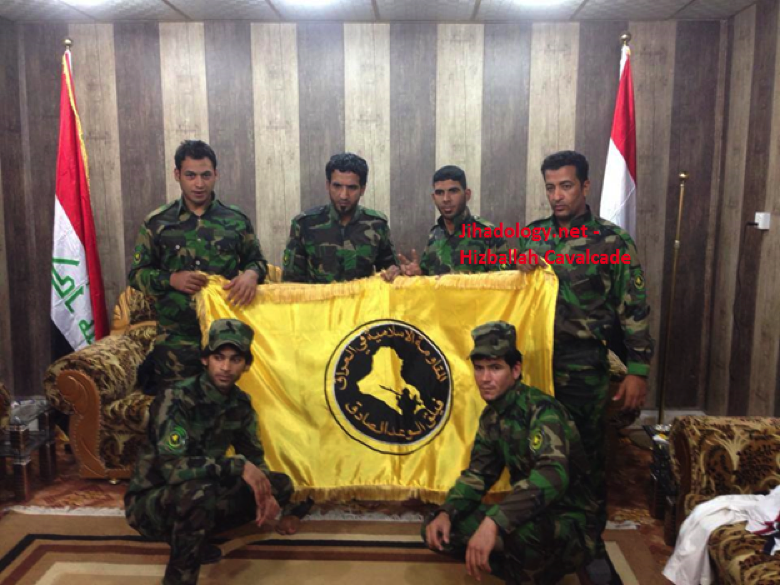
Figure 9: Uniformed FWS members pose with the group’s flag while flanked by Iraqi flags. Note the FWS patches worn by these 6 members.
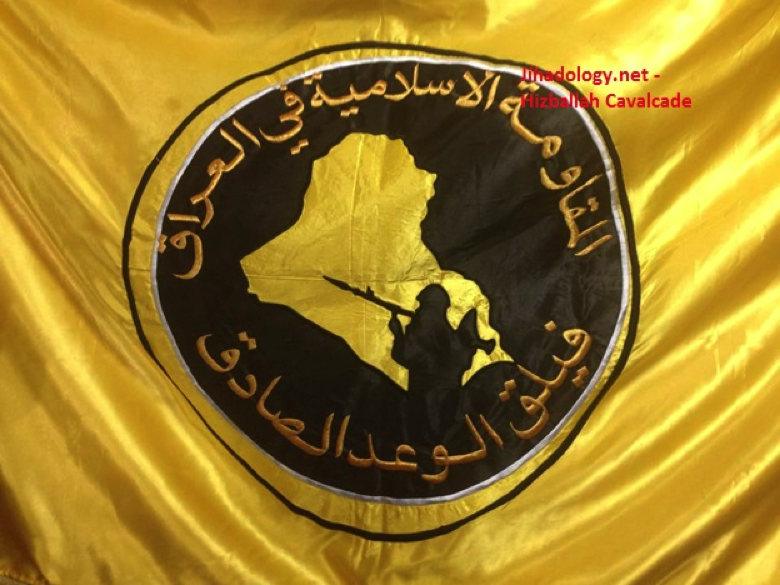
Figure 10: The FWS flag.

Figure 11: FWS fighters hold up the group’s flag.
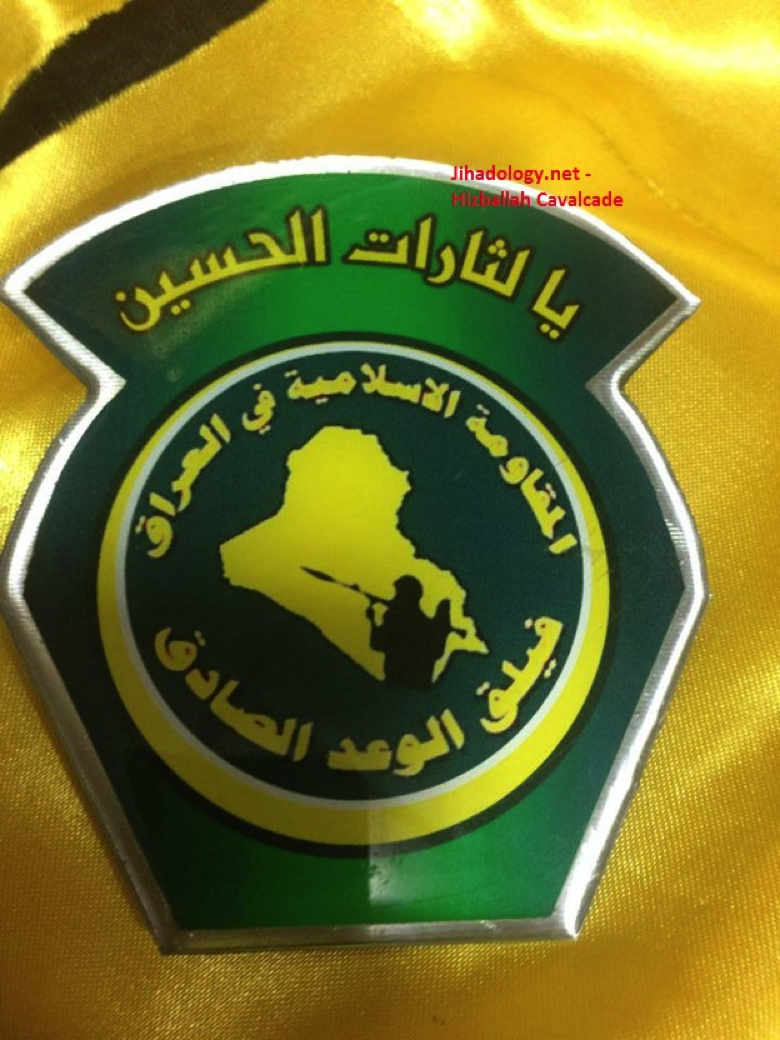
Figure 12: Another piece of FWS symbolism.
Hizballah Cavalcade: Khamenei’s Cannon: .50 Caliber Anti-Material Rifles & Shia Fighters in Syria
NOTE: For prior parts in the Hizballah Cavalcade series you can view an archive of it all here.
–
Khamenei’s Cannon: .50 Caliber Anti-Material Rifles & Shia Fighters in Syria
By Phillip Smyth
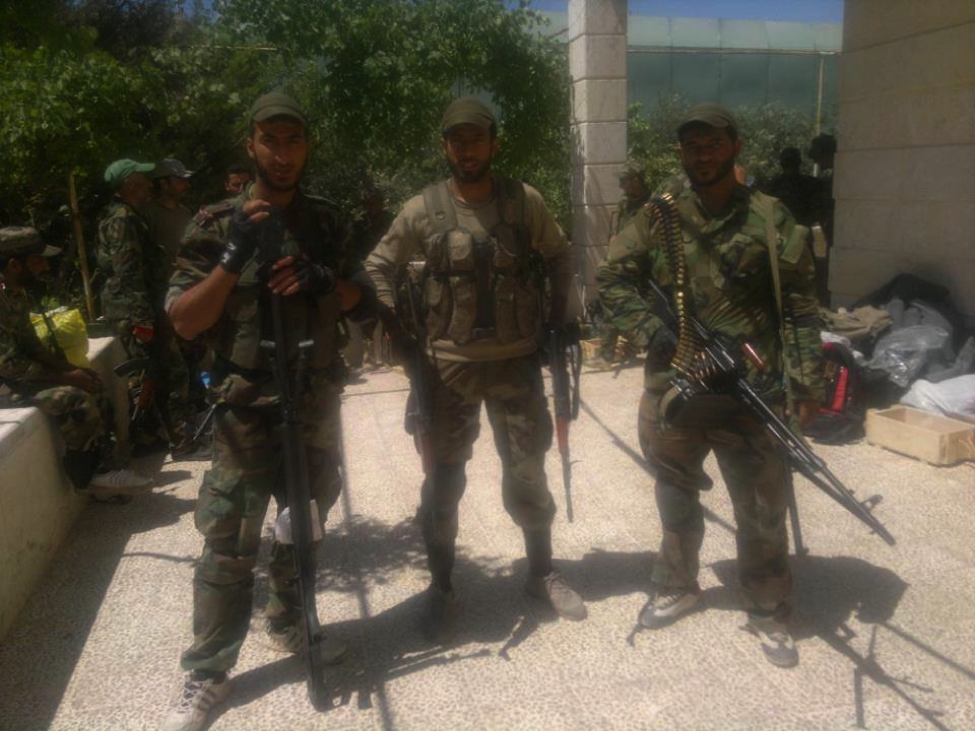
Figure 1: Combatants from Liwa’a ‘Ammar Ibn Yasir. The fighter on the left likely holds an Iranian-copy of the HS.50 rifle.
Since April 2013, around the same time Liwa’a Abu Fadl al-Abbas was first gaining broader exposure and name-recognition, another sub-trend started to appear in the photos showing Shia Islamist fighters in Syria. This trend remained minor and occasional. However, starting in October, there have been increasing examples of foreign Shia Islamist fighters being pictured with long range bolt-action anti-material rifles.[1]
It is possible these weapons were the bolt-action HS.50, .50 caliber (12.7x99mm) rifles produced by Austria’s Steyr Mannlicher. According to The Telegraph, 800 of the rifles were shipped to Iran in 2007.[2] However, according to the Brown Moses Blog, it is far more probable that these rifles are actually Iranian copies which were shipped to Syria.[3] Since the winter of 2012, pro-Iranian social media has also praised the Iranian-made copy of the rifle.[4] Still, serial numbers on the weapons are often hidden, making absolute confirmation difficult.
The original Steyr Mannlicher sale of these long-range weapons caused worries among British and U.S. policymakers and military personnel due to the fear they would be supplied to Iranian-created and supplied Shi’a Islamist “special groups” in Iraq. These groups included Asa’ib Ahl al-Haq and Kata’ib Hizballah. Both of these organizations are now sending forces to Syria.
Anti-material sniper rifles of this caliber have found a welcome place in Western military services. The U.S. military fields the M107 semi-automatic .50 caliber rifle as do a number of other militaries. In October, 2012 one of these weapons killed a Taliban member in Afghanistan from a distance of 2,475 meters.[5]
Presently in Syria, these types of rifles have been used by both rebels and pro-Assad forces. Nevertheless, the outfitting of highly organized foreign Shia fighter manned organizations may demonstrate a shift in tactics and training.
Groups using the rifle in Syria span the full spectrum of organizations backed by Iran. Lebanese Hizballah has been a primary poster of images with the weapon. Additionally, Iraq-based Harakat Hizballah al-Nujaba’s (a front for Kata’ib Hizballah and Asa’ib Ahl al-Haq) Syria-based front militias, Liwa’a ‘Ammar Ibn Yasir and Liwa’a al-Hamad have posted photos of their militants with the rifle. Iraq’s Badr Organization’s Quwet Shahid Muhammed Baqir Sadr and Kata’ib Sayyid al-Shuhada have posted their own images of their fighters with the HS.50 type rifle. Other Shia fighters from unnamed organizations have also been pictured with the weapon.
Films featuring Shia militia groups using the HS. 50 type rifles in combat in Syria have been extremely rare. Usually only photos are posted.
The first film showing Shia Islamist militias in Syria using the rifle was posted to Facebook and YouTube pages associated with the Badr Organization’s Quwet Shahid Baqir Sadr (BOQSBS), the group’s expeditionary unit in Syria. The BOQSBS has also been a main poster of high-quality images showing their combatants wielding these types of anti-material rifles. Around a minute of footage showing BOQSBS fighters using the weapon was inserted into a much longer film made to demonstrate the group’s activities in Syria (see below at minute markers 1:59-2:23).
Due to the high level of operational security employed by these groups, potential failures or successes of the rifle in combat are often not showcased. Operations using the rifle have also not been detailed on the many social media pages run by Iranian-backed Shia militia groups inside Syria. In fact, the rifle has rarely been named or described by Shia Islamist militia pages. Nevertheless, these rifles have become a regular feature in images featuring fallen fighters.
Such a capability, even if deliberately showcased for propaganda purposes, should be taken seriously by regional and global military forces. Iranian equipped and trained snipers, utilizing smaller caliber rifles, demonstrated a lethal efficiency during the Iraq War (2003). Their utilization of smaller caliber-wielding snipers (particularly using the SVD-type rifles) demonstrates a concentration on sniping tactics.
Some Possible Reasons Why the Rifles Are Appearing More
- Propaganda Purposes: Some of the photos of fighters holding the rifle appear to be posed images meant to showcase the size of the weapon (representing power) in comparison to the fighter. Additionally, since it is probably a copy, showing the rifle in operations overseas is a sign that Iranian-made weapons are of a high quality. Proxy organizations may also see the rifle as a symbol of advancement and as a sign they are comparable to first-world armies. The weapon may also be a sign to rebel groups that Shia militants have more advanced capabilities.
- General Incorporation into the Order of Battle: The rifle could have possibly become more prolific with increased foreign-manned Shia militia operations.
- Offensive Operations: Since the start of main offensives in October and increase in numbers of Shia fighters, it is possible the rifle has found more use and acceptance by fighters.
The Rifle & Its Shia Islamist Users
Lebanese Hizballah:
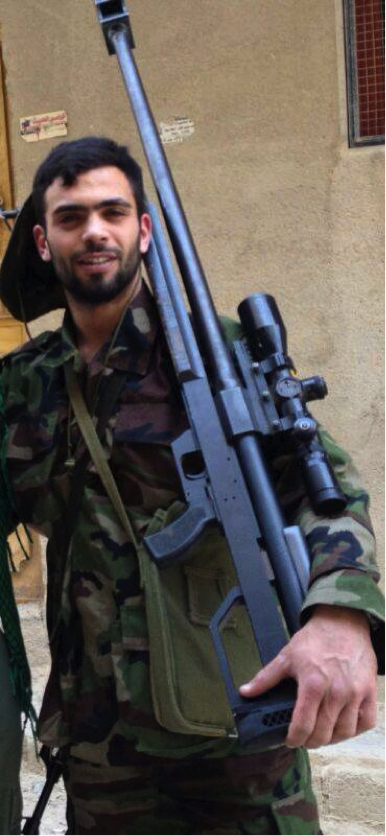
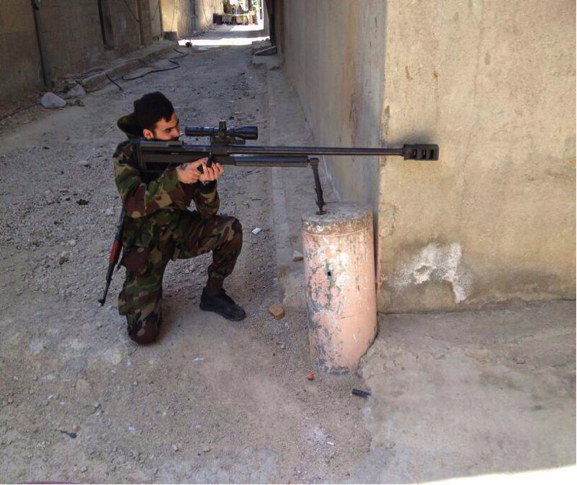
Figure 2: Lebanese Hizballah’s Ali al-Hadi Nuwn shown holding the weapon on his shoulder. (Left)
Figure 3: Another posed-photo of Lebanese Hizballah’s Ali al-Hadi Nuwn. In this picture he is taking aim with the .50 caliber rifle. (Right)
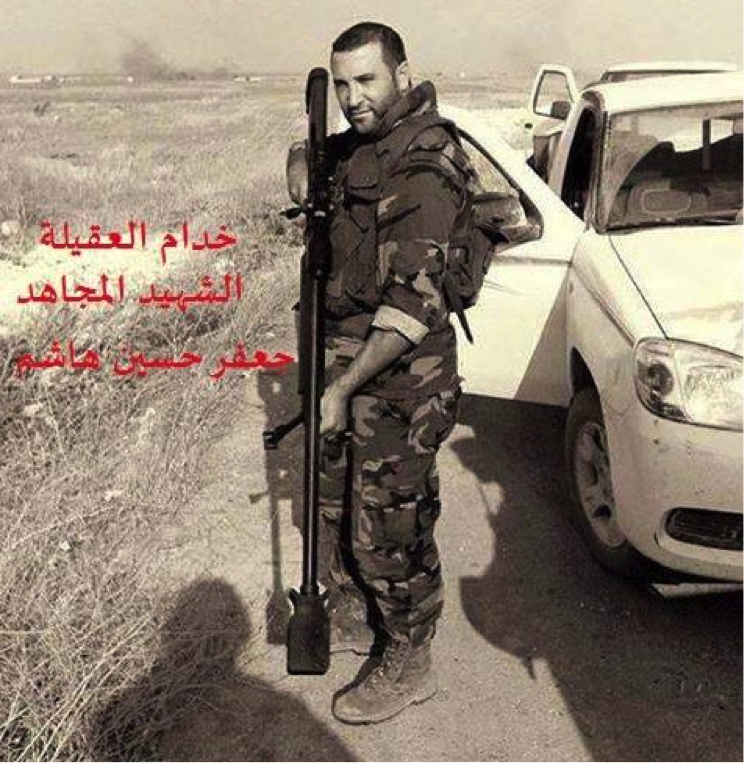
Figure 4: Hizballah commander Ja’afar Husayn Hashim with the rifle. He was reported to have been killed in Syria on November 1, 2013.
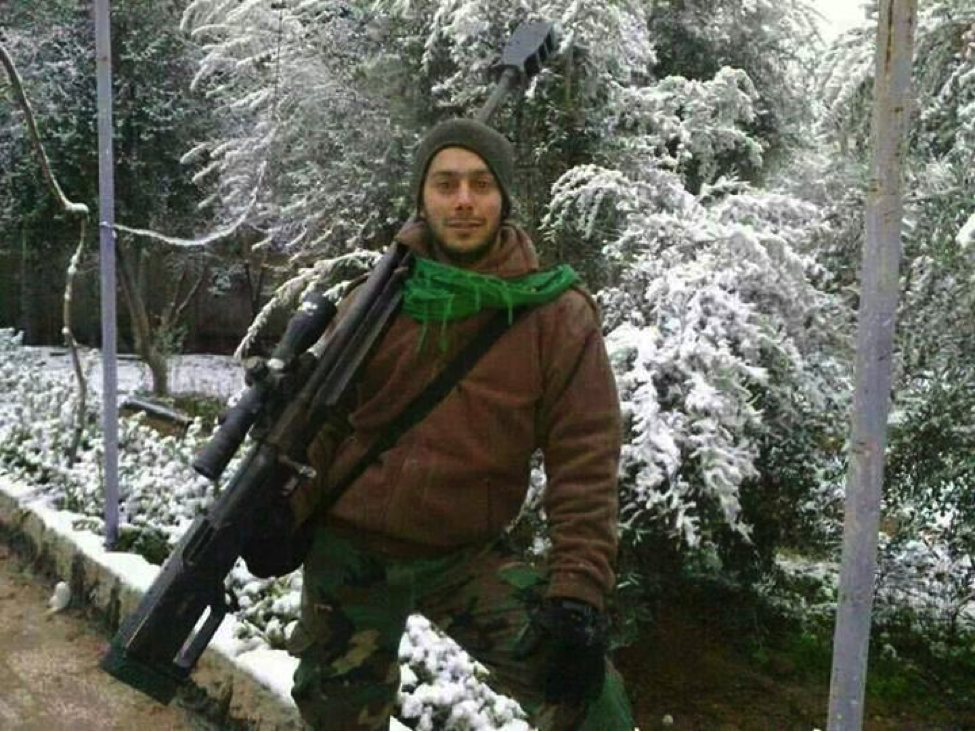
Figure 5: Hizballah’s Khadr Ahmed Matar, declared killed in Syria on December 2
0, is shown standing in the snow with the rifle.

Figure 6: Qasim Ghamloush is shown holding the .50 caliber rifle. His death was announced by Hizballah on December 7, 2013.
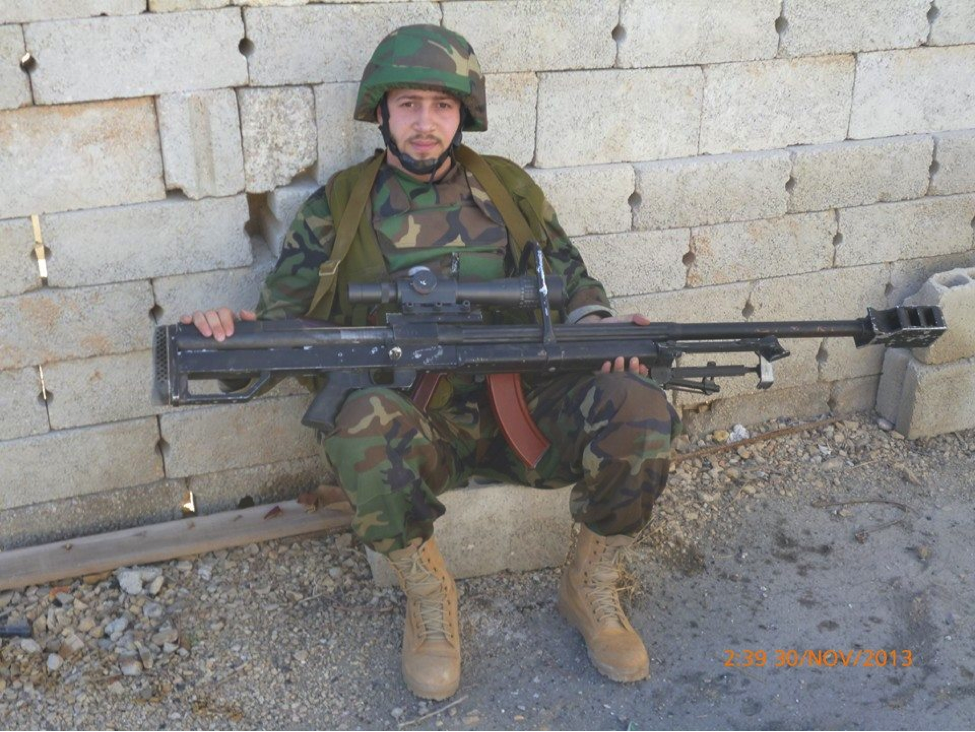
Figure 7: Ali Husayn Salah (A.K.A. Sheikh Hadi) is seen holding the rifle over his Kalashnikov-pattern weapon. Salah was also reported to have been killed in Syria on December 7, 2013.
Liwa’a al-Hamad:

Figure 8: An October photo of a fighter from Liwa’a al-Hamad taking aim with the HS.50-type rifle.
The Badr Organization – Quwet al-Shahid Muhammed Baqir Sadr
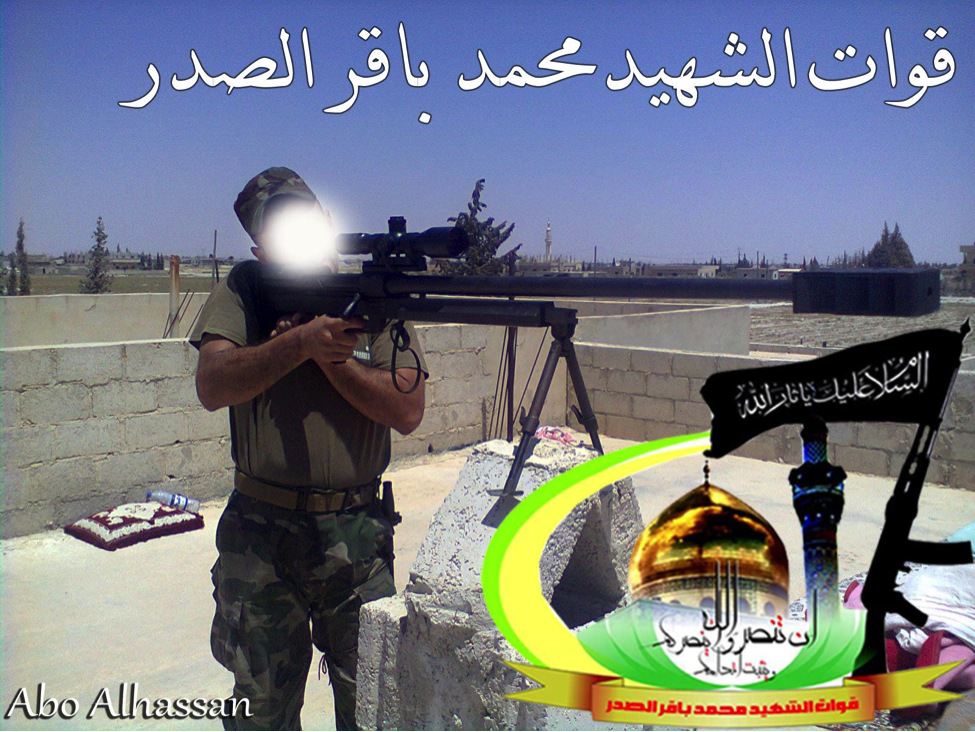
Figure 9: Following the announcement that the Badr Organization had created its own expeditionary force for Syria, this was one of the first photos they posted online.
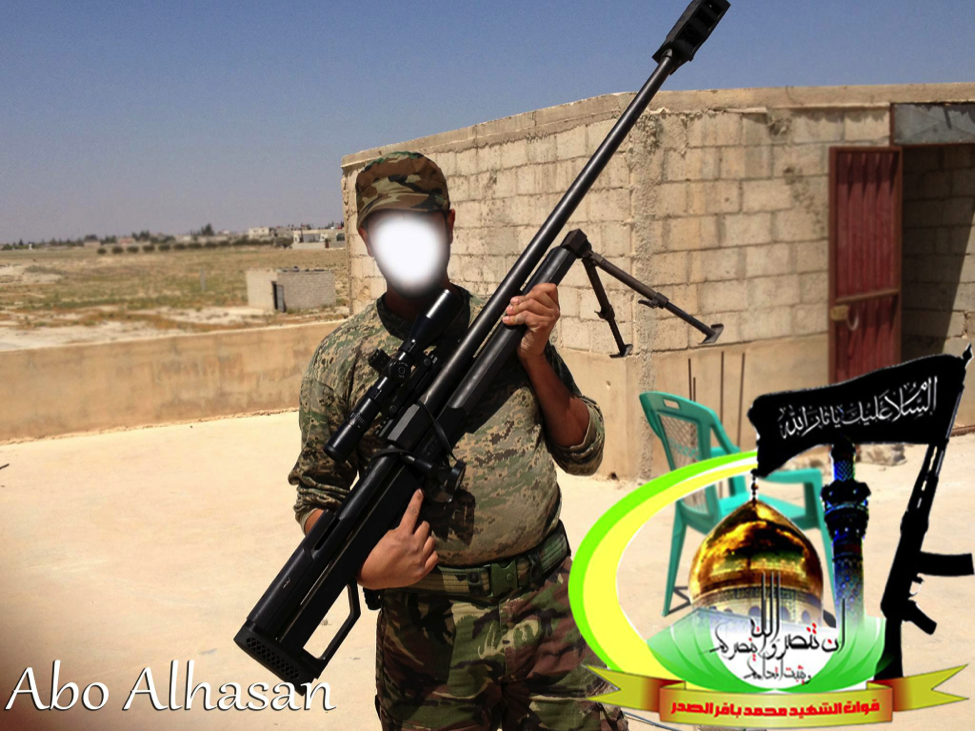
Figure 10: A Badr Organization-Quwet al-Shahid Muhammed Baqir al-Sadr is shown holding the HS. 50 type rifle.
Liwa’a ‘Ammar Ibn Yasir:
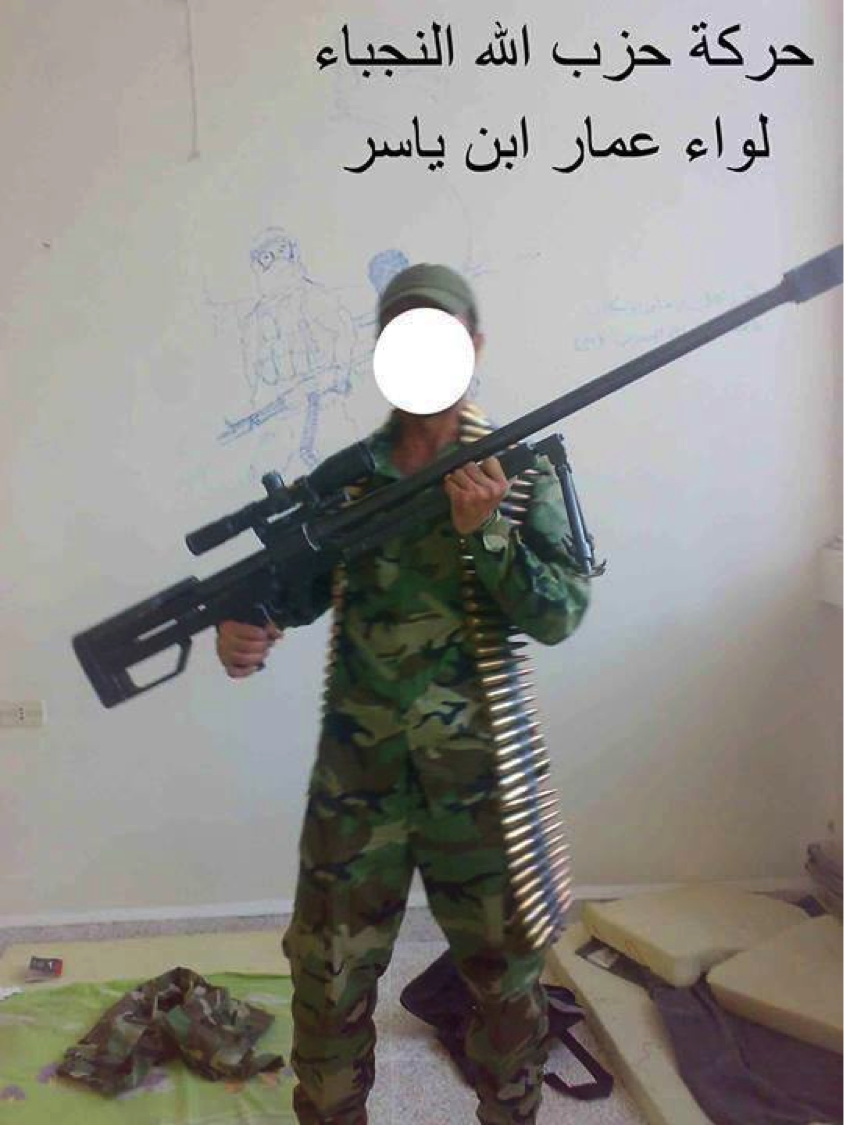

Figure 11: A commander from Liwa’a Ammar Ibn Yasir is seen holding the .50 caliber rifle.
Kata’ib Sayyid al-Shuhada:
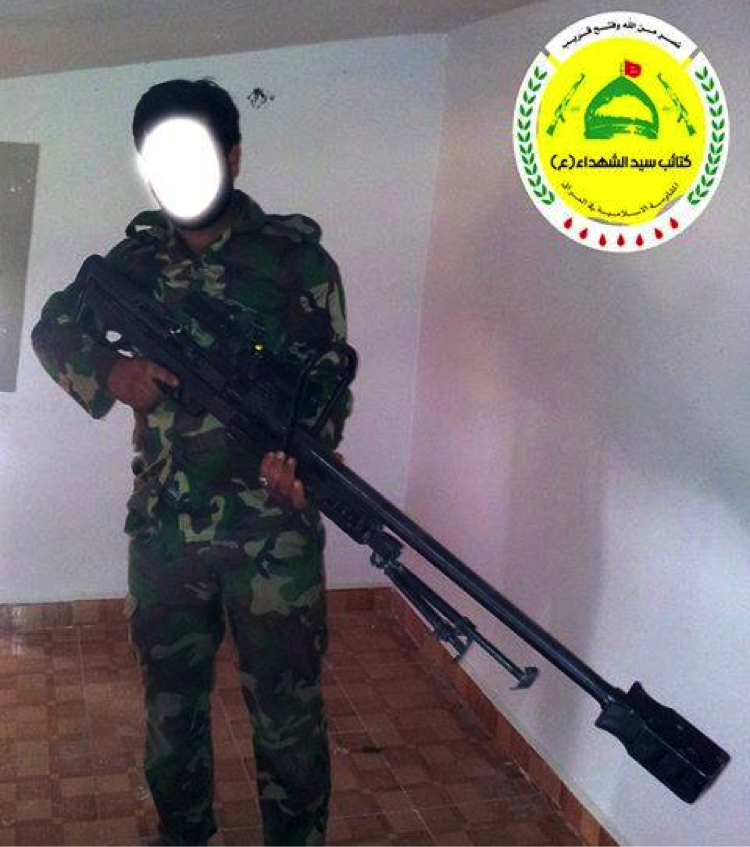
Fighters from Other Groups:
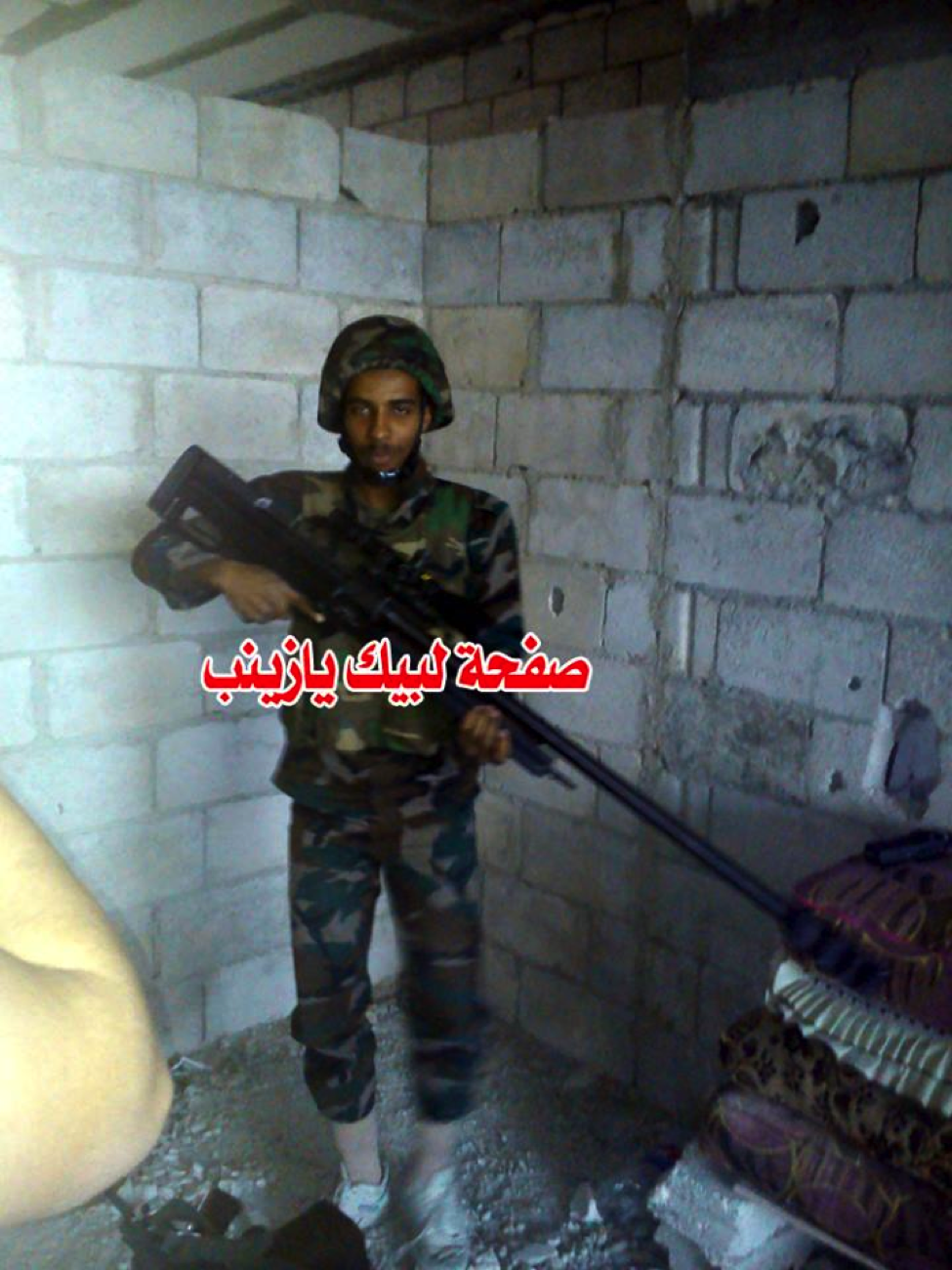
Figure 12: The Shia militia effort’s “first African martyr” (Muhammed Suleiman al-Kuwni) is shown holding the rifle.

Figure 13: A fighter from an unnamed Shia Islamist militia (likely Liwa’a ‘Ammar Ibn Yasir) take aim with his rifle.
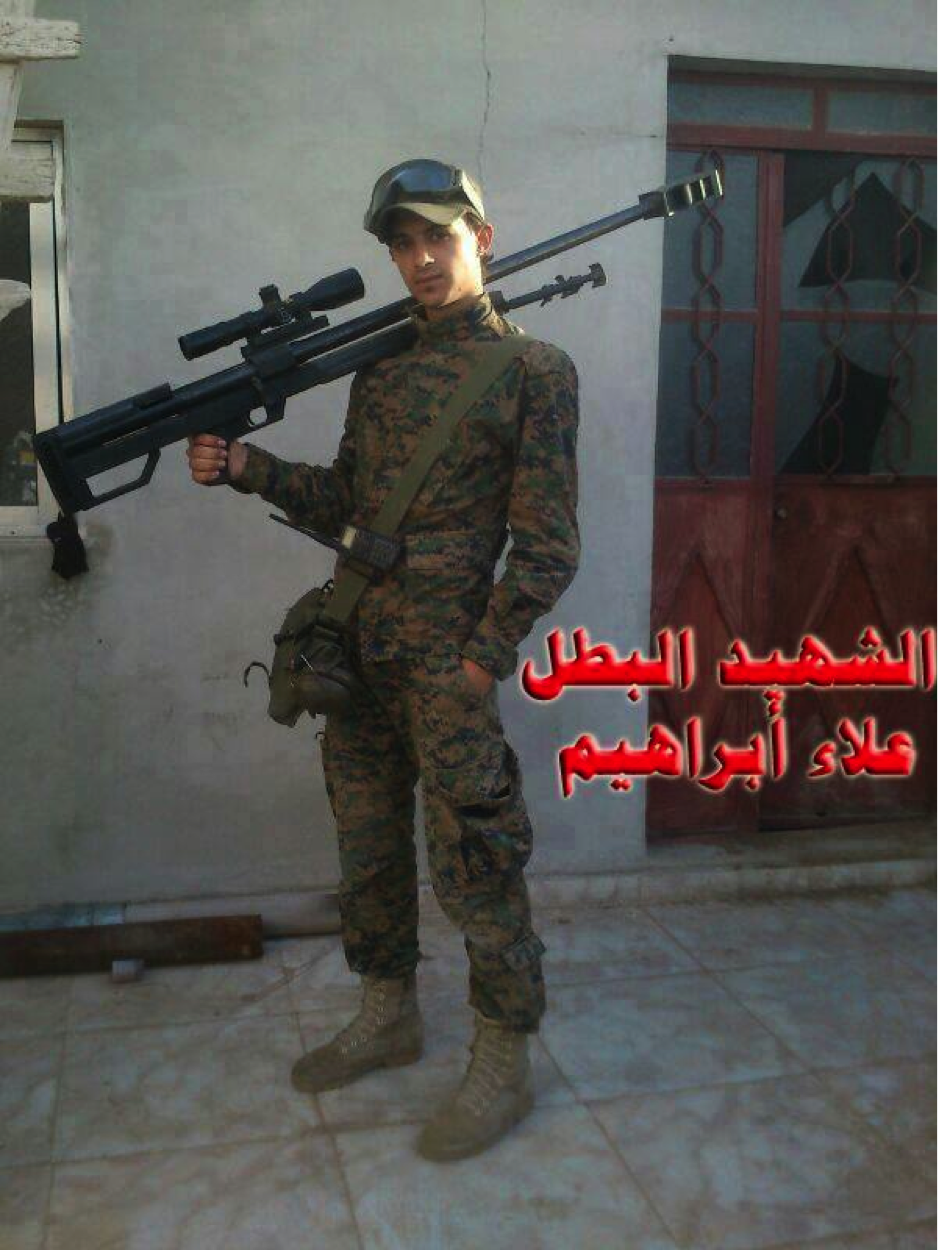
Figure 14: Alla’ Ibrahim (possibly from Liwa’a Zulfiqar), an Iraqi Shi’a fighter buried on November 30, 2013 holds the rifle over his shoulder.
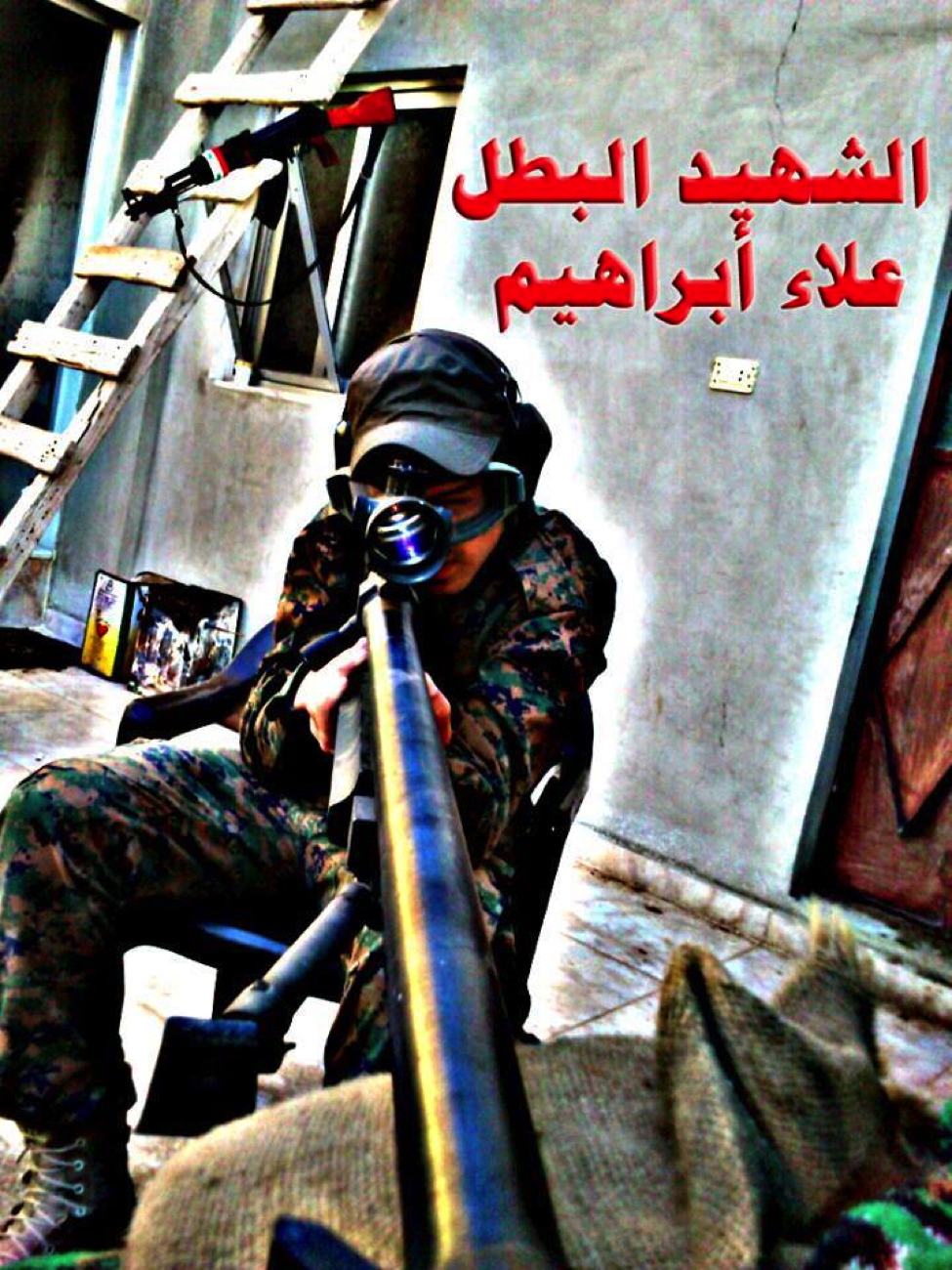
Figure 15: An edited shot of Alla’ Ibrahim shows him posting with the rifle.
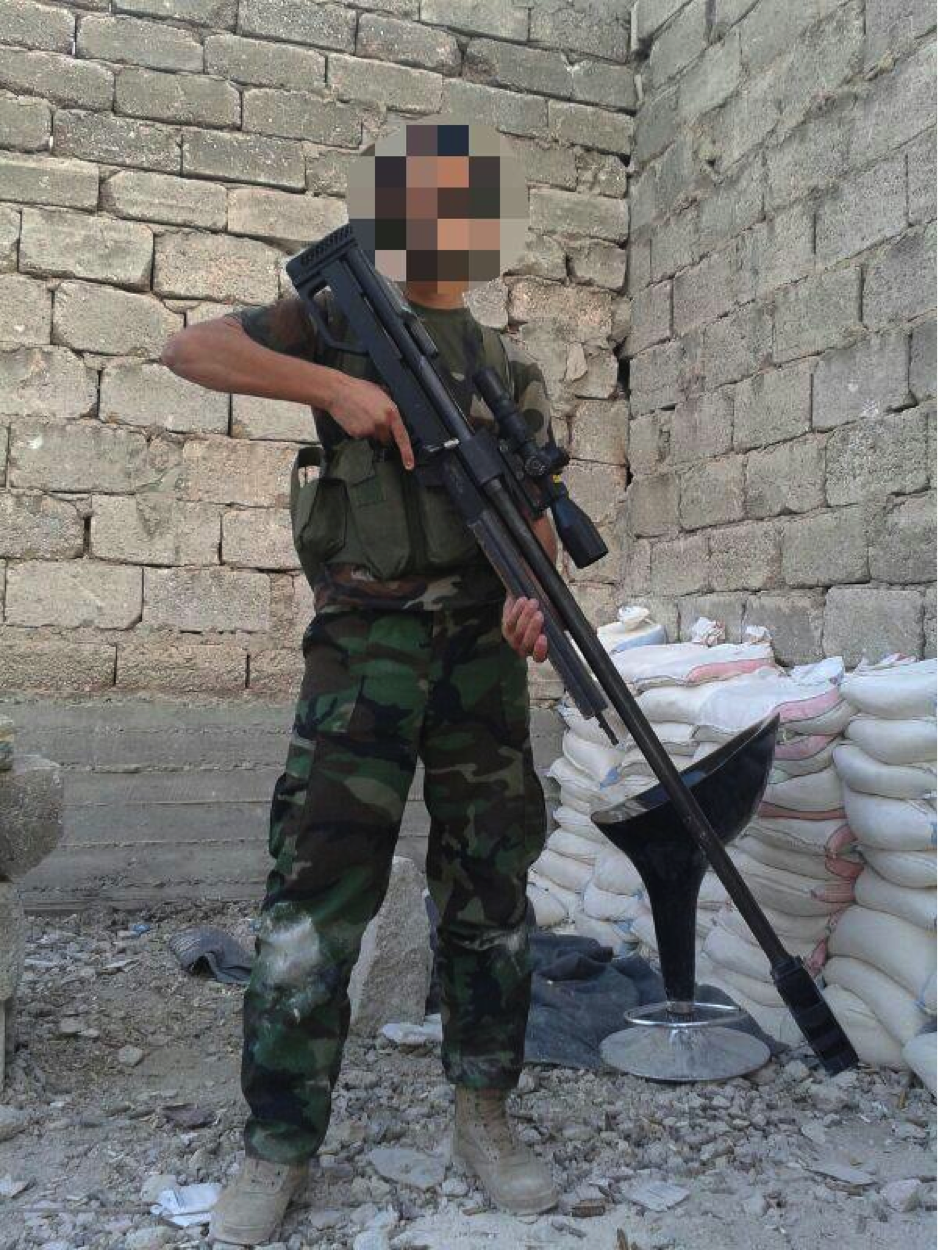
Figure 16: A Shia fighter from an unnamed militia group is shown with the HS. 50-type rifle.
[1] The Oryx Blog has an excellent post on HS. 50-type rifles in Syria: https://spioenkop.blogspot.com/2013/04/syria-and-her-hs50s.html. The post is from April 27, 2013 and pictures of Liwa’a Abu Fadl al-Abbas members with the rifle.
[2] See: https://www.telegraph.co.uk/news/worldnews/1542559/Iraqi-insurgents-using-Austrian-rifles-from-Iran.html
[3] See: https://brown-moses.blogspot.com/2013/04/anti-material-rifles-in-syria.html. See also: https://www.thefirearmblog.com/blog/2012/07/16/mysterious-iranian-50-cals-part-3/. This post by The Firearms Blog should also be read when assessing the rifle in question.
[4] See: https://www.facebook.com/permalink.php?story_fbid=477563188953409&id=174927625878471.
[5] See: https://www.dailytelegraph.com.au/news/opinion/taliban-remain-in-fear-of-lethal-strikes-writes-chris-masters/story-e6frezz0-1226504862496
Hizballah Cavalcade: Sariyya al-Tali’a al-Khurasani: A New Combat-Tested Shia Militia in Syria
NOTE: For prior parts in the Hizballah Cavalcade series you can view an archive of it all here.
—
Sariyya al-Tali’a al-Khurasani: A New Combat-Tested Shia Militia in Syria
By Phillip Smyth ([email protected])
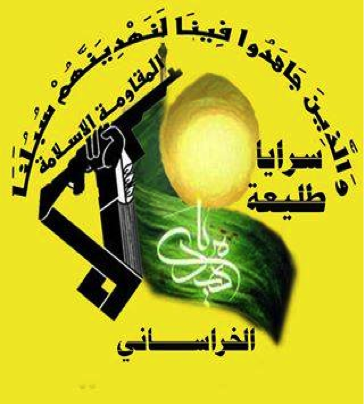
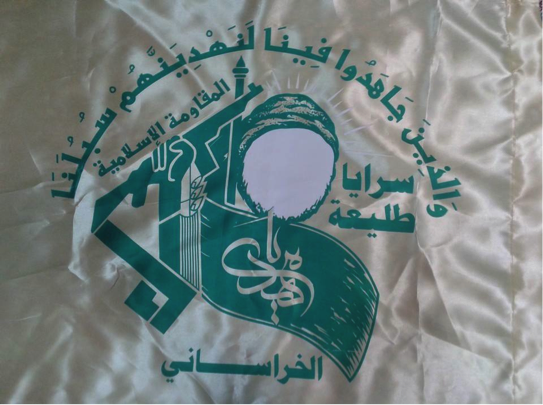
Figure 1: The STK’s logo (left) and flag (right). The logo includes Iran’s Islamic Revolutionary Guard Corps’s symbol. A verse from the Quran, Quran 29:69 meaning, “And those who strive for us [in jihad] we will surely guide them to our [Islamic] ways”. Over the rifle the phrase reads, “The Islamic Resistance”.
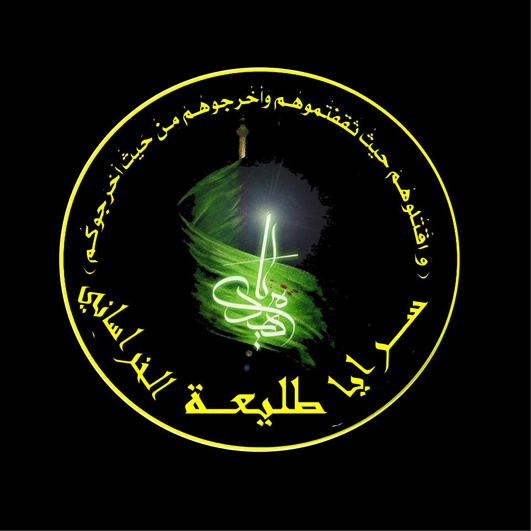
Figure 2: Another logo used by the STK.
In late September, Sariyya al-Tali’a al-Khurasani (STK or The Vanguards of Khurasani Unit), also referred to as the Khurasani Unit, first made itself known to the world via Facebook. The group may draw their name from Abu Muslim al-Khurasani (A.K.A. Abu Muslim), an 8th century military leader who helped depose the Sunni Umayyad dynasty’s rule over the early Islamic caliphate.[1] The STK also claims to be based out of Arbil, Iraq, the capital of Iraqi Kurdistan. According to the Khurasani Unit’s own releases, it appears to exclusively operate in a military function in rural areas outside of Damascus, Syria.
Technically, the STK was first announced on September 24, 2013 on Facebook. However, it is possible the group’s first page was made “private” and another mirror page was setup in its stead. Thus, the initial announcement of the group’s existence was hidden. The mirror page which first helped formally announce STK’s creation was made on October 8, 2013. Both pages hold unique images from the group and promote the same general messages. As with other Shia militias in Syria, the group claims to defend the Sayyida Zaynab shrine and promotes general pro-Iranian pan-Shia narratives. The promotion of Iranian Supreme Leader Ayatollah Ali Khamenei and of their own Shia identity through the posting of photos showing Shia clerics in their ranks is a regular theme.
Most of the STK’s imagery was posted in October. In fact, there were days when eight new images were posted on both of their Facebook sites. STK has also released extensive footage showing its fighters in combat inside Syria. This footage has included numerous photos of its fighters, including those of wounded members, and videos of the group engaged in combat. A particular feature of STK propaganda has been images showing the fighters posing with the group’s flag. Only the Badr Organization’s Syria unit, Quwet Shahid Baqir al-Sadr, has also engaged in extensive posting of images featuring their organization’s flag with their fighters in Syria.
While Shia Islamist organizations fighting in and contributing fighters to Syria have done little to hide their connections to Iran, STK went the extra step and actually repackaged Iran’s Islamic Revolutionary Guard Corps’ logo as their own. Their blatant promotion of Iran’s Supreme Leader in many of their posts leaves no illusions to which Shia clerical leader or ideology to which the group swears loyalty.
Unlike other Shia militias (E.G. Liwa’a ‘Ammar Ibn Yasir, Liwa’a al-Imam al-Hasan al-Mujtaba, and Liwa’a Abu Fadl al-Abbas) fighting in Syria, the STK has not stated which (if any) Iraqi Shia organizations have contributed fighters to the group.
The number of fighters in STK’s ranks is unknown, though their leadership has been identified. STK, has been reported to be fighting around Damascus’s Sayyida Zaynab Shrine and in the rural area near Damascus called Ghouta. Videos showing engagements featuring their fighters went viral among Syrian rebel supporters and Shia militia supporters online. In part, this has been due to the fact that their videos appear less staged (e.g. Shia militiamen firing a few rounds from a sniper rifle) and are much longer than others produced.
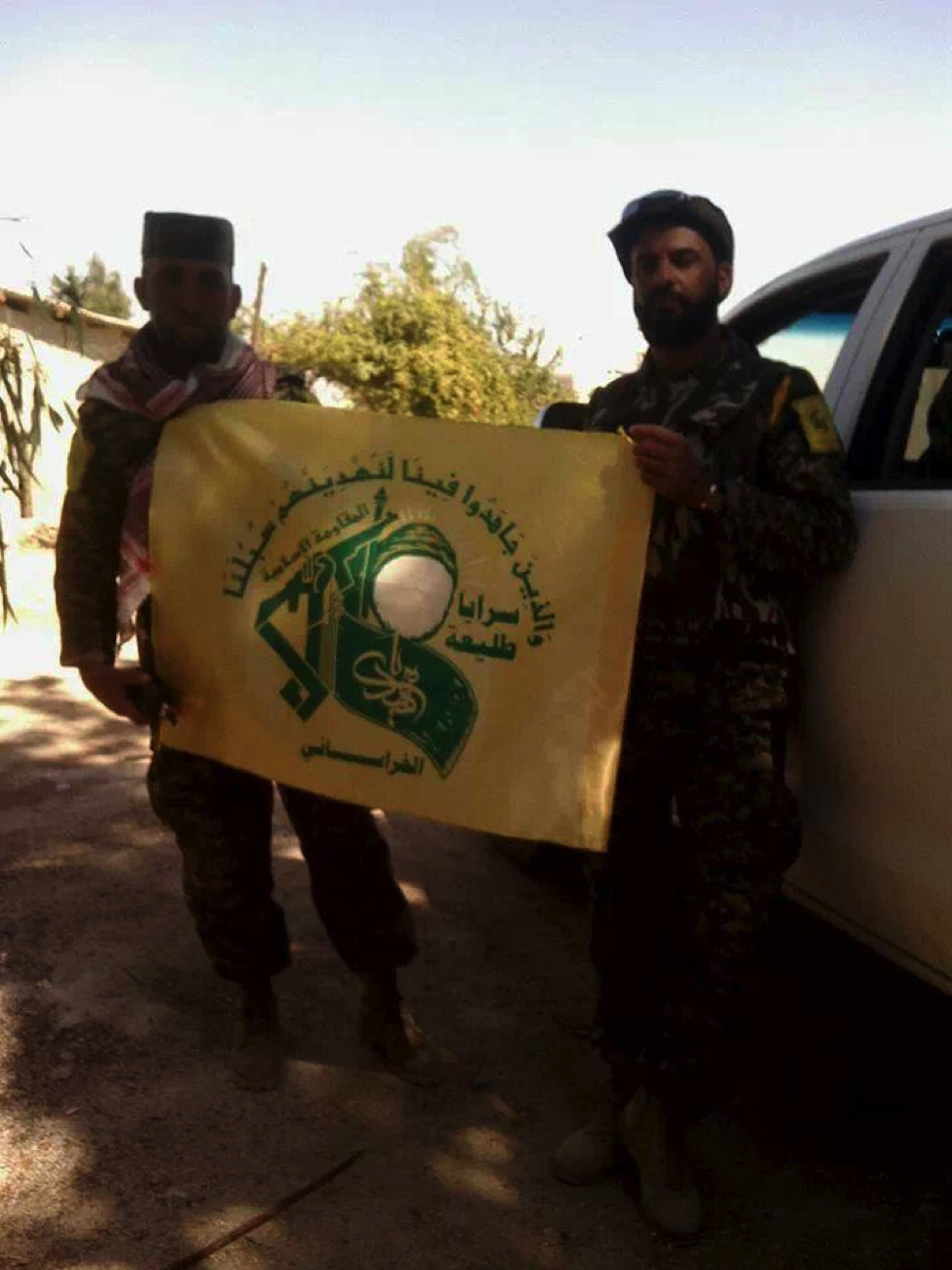
Figure 3: Two STK fighters pose in front of a truck holding the organization’s flag.
Ali al-Yasiri: The STK’s Commander
The immediate announcement of commanders for specific Shia fighting units in Syria is usually not a common theme. Less than two weeks after the first Facebook post made by the STK, it was announced by the group that their commander was named Ali al-Yasiri. Yasiri is shown in many photographs posted by the organization on its Facebook pages. Yasiri was also shown in photographs featuring Sayyid Muhammed Jawad al-Madrasi, a Shia cleric.[2]
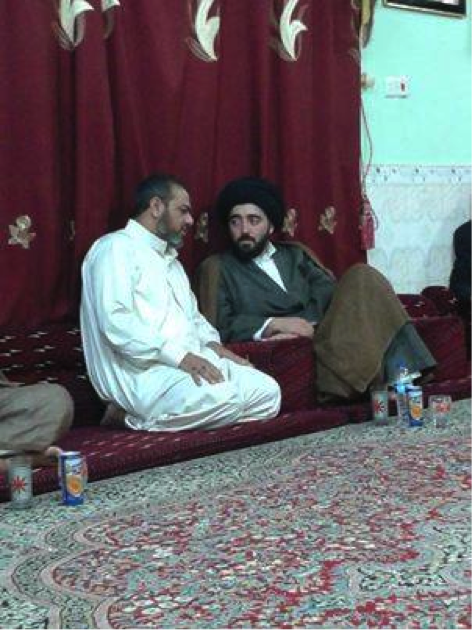
Figure 4: Ali Yasiri is shown with Sayyid Jawad al-Madrasi. On Facebook, the group identified the cleric as, “Ajwad Madrasi”.
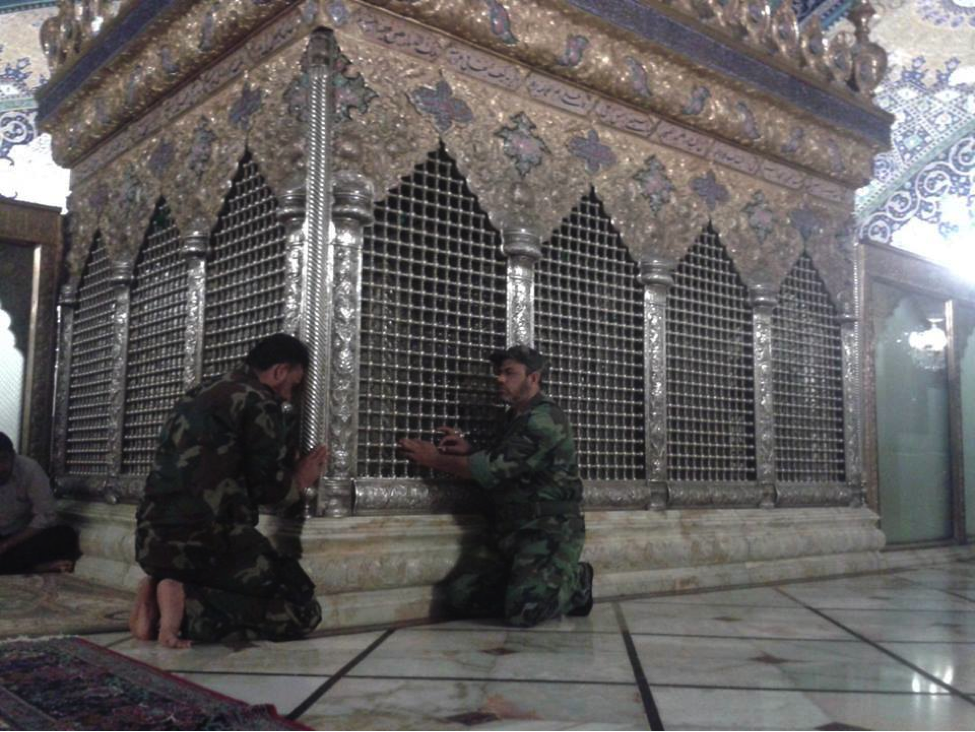
Figure 5: Yasiri and another unnamed STK fighter pose at Zaynab’s tomb.

Figure 6: Yasiri and an unnamed fighter pose with an unnamed cleric at Zaynab’s tomb. All three figures have been featured in other photos released by STK.
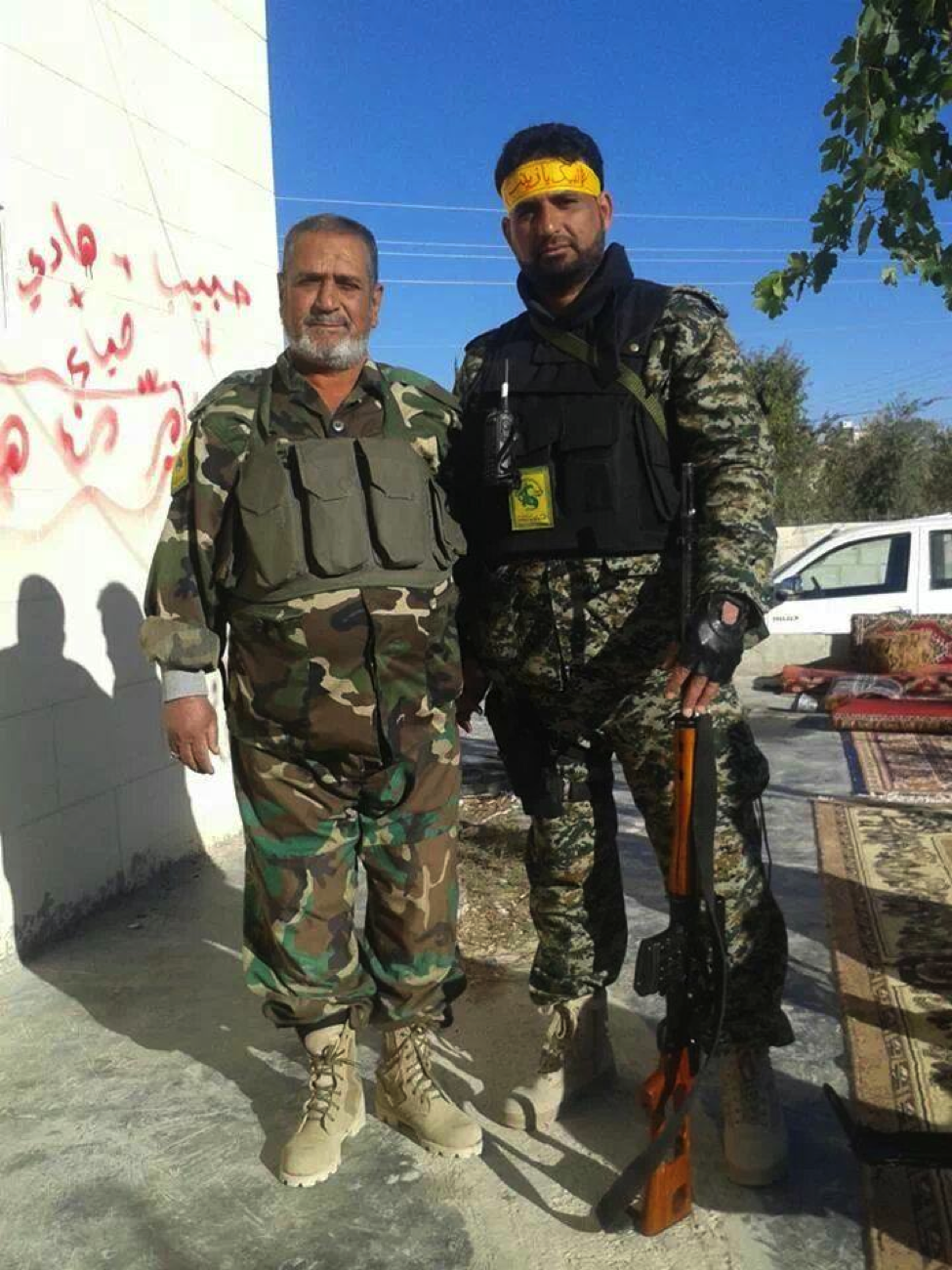
Figure 7: Yasiri (left) and the same unnamed fighter pose together for a photo. The fighter on the right holds an SVD type sniper rifle.
STK’s Fighters & Equipment
Little information is available on the numbers of fighters STK has operating in the field. Judging from their photographs, the group has over twenty members. The arms the group uses mimic the varieties used by other Shia militias. Most of these weapons are Kalashnikov-type rifles, SVD-type sniper rifles, RPG-7s, and the PKM-type machine guns. The group has also been recorded using light mortars in clashes in rural areas outside of Damascus.
In addition to their small-arms, the militia’s uniforms appear to include types of U.S.-style digitized camouflage. Some of the group’s uniforms include M81-type woodland camouflage and Desert Camouflage Uniform-type patterns. Also, other unidentified types of camouflage patterns have been seen on the STK’s fighters.
Interestingly, many of the same faces are featured in photographs of STK fighters. In fact, one in particular, that of a Shia Islamic cleric wearing a black turban, can be spotted in many photos of STK militiamen. His inclusion may be a way the group demonstrates their Shia Islamic identity. The Badr Organization has also included clerics in their militia photos in a similar effort.
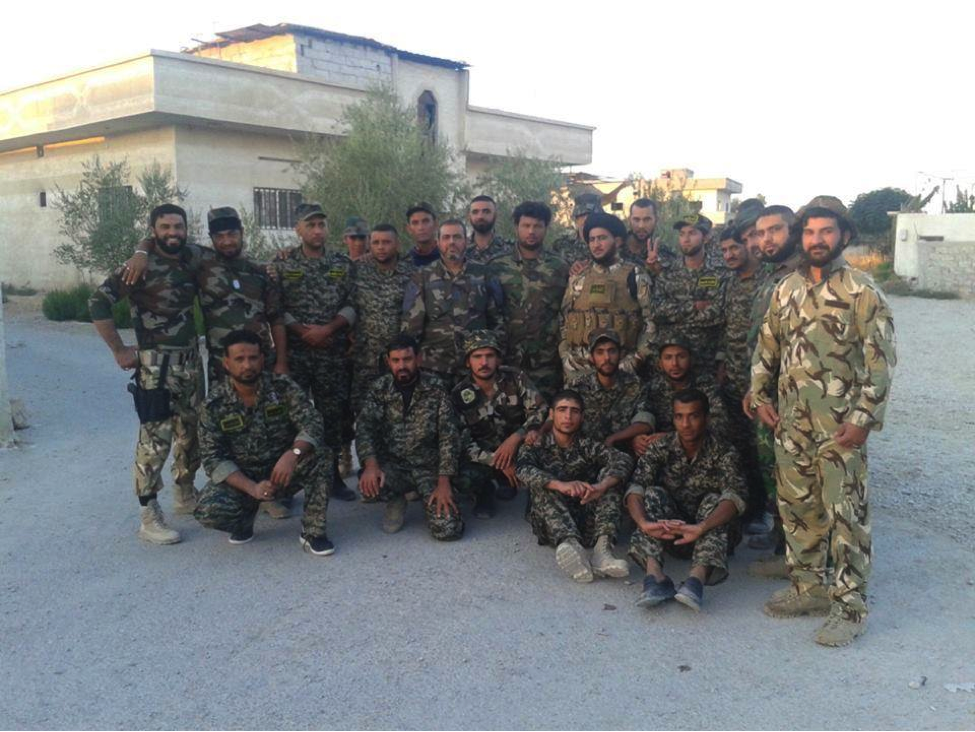
Figure 8: STK fighters pose for a photo in East Ghouta, Syria.
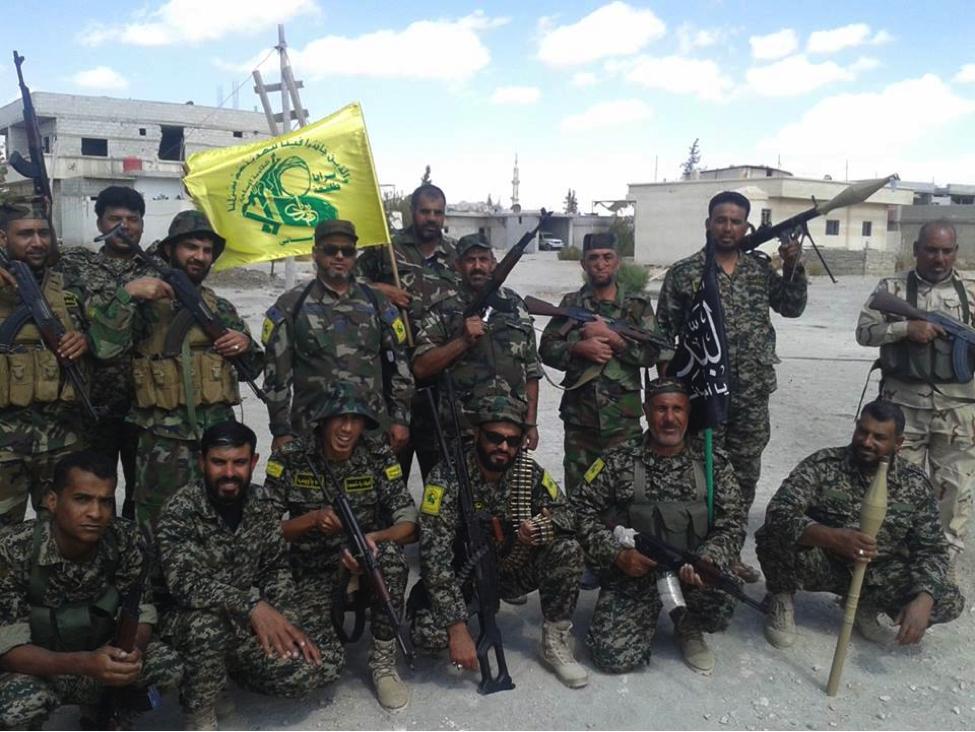
Figure 9: STK fighters pose with the group’s flag and light weapons.

Figure 10: STK fighters pose in their uniforms and headbands.

Figure 11: An STK machine gunner.
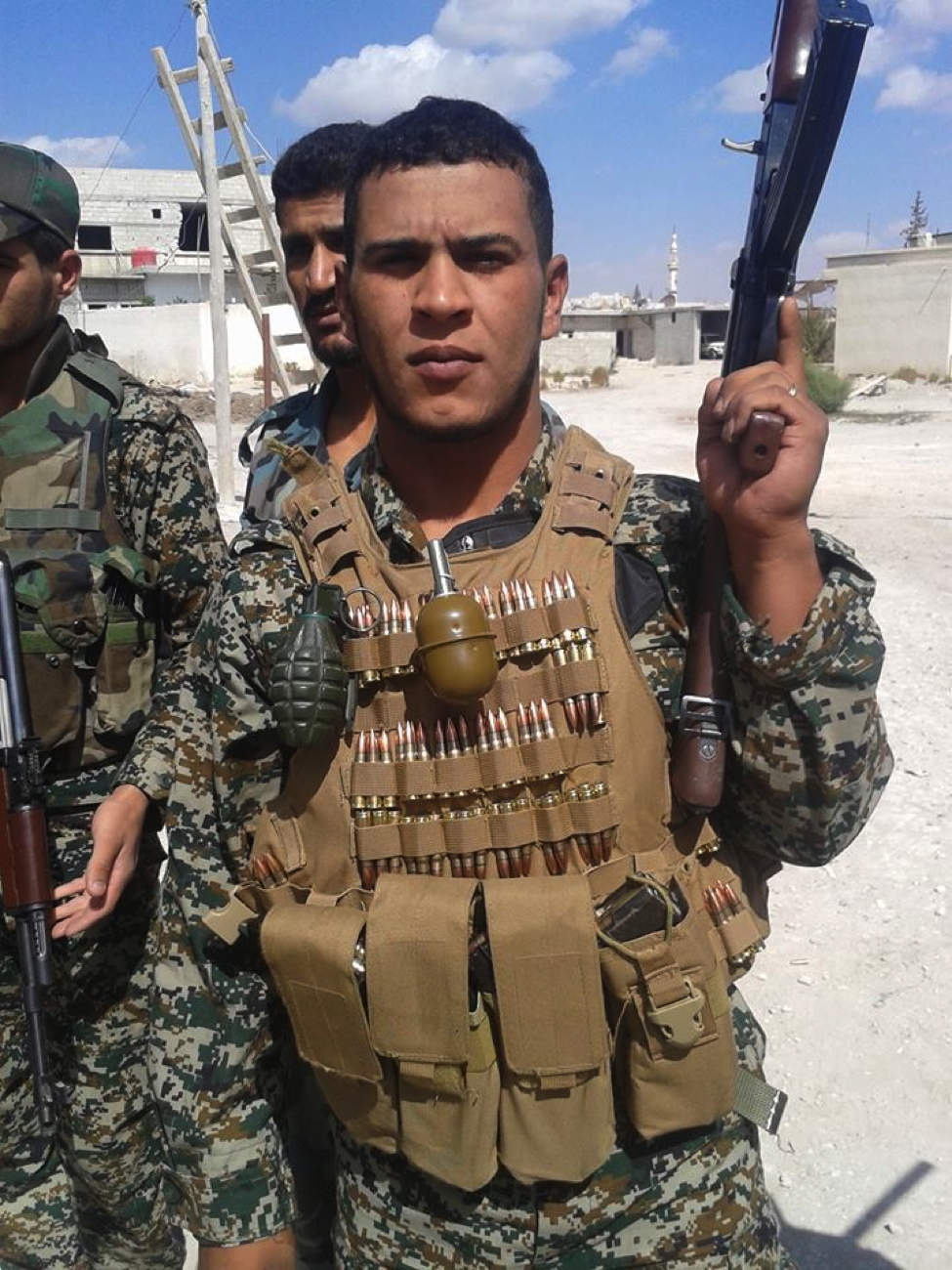
Figure 12: An STK fighter holds his rifle as he stands with other members of his organization.
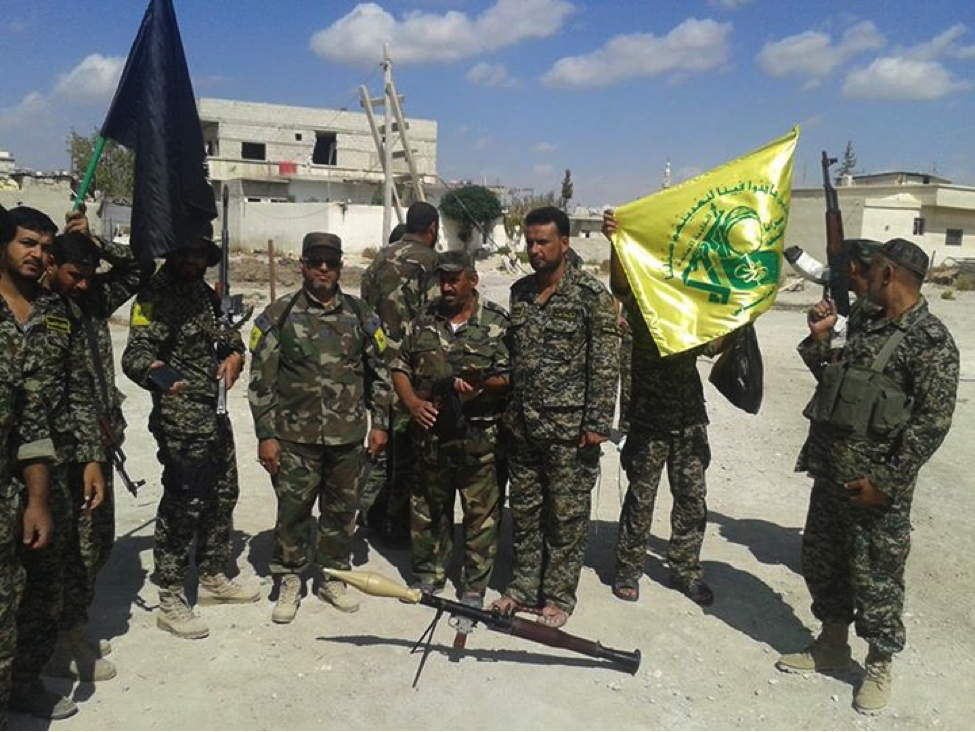
Figure 13: STK fighters pose around an RPG-7 and the group’s banner.
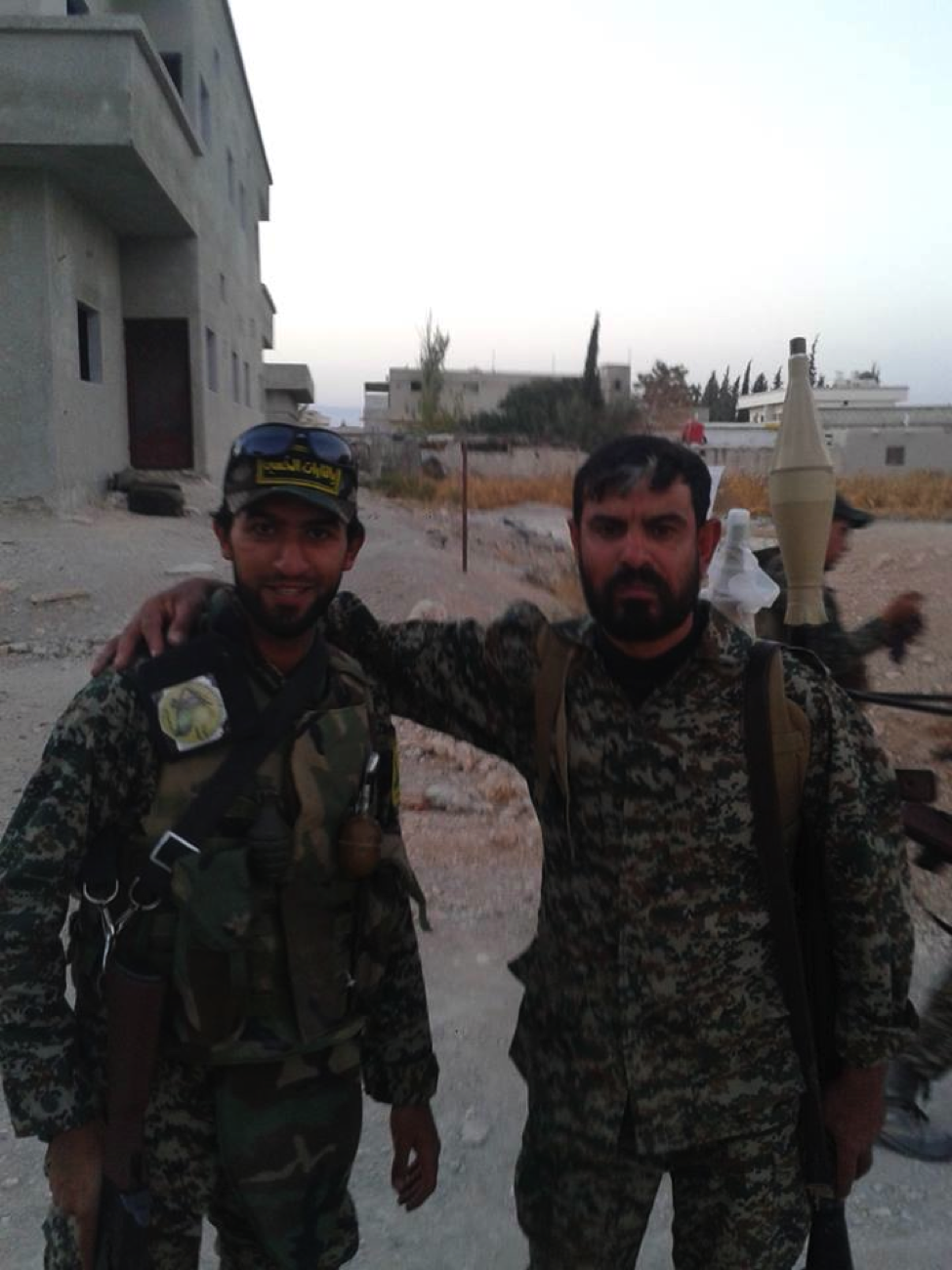
Figure 14: STK militiamen pose for the camera. The fighter on the right holds an RPG-7.
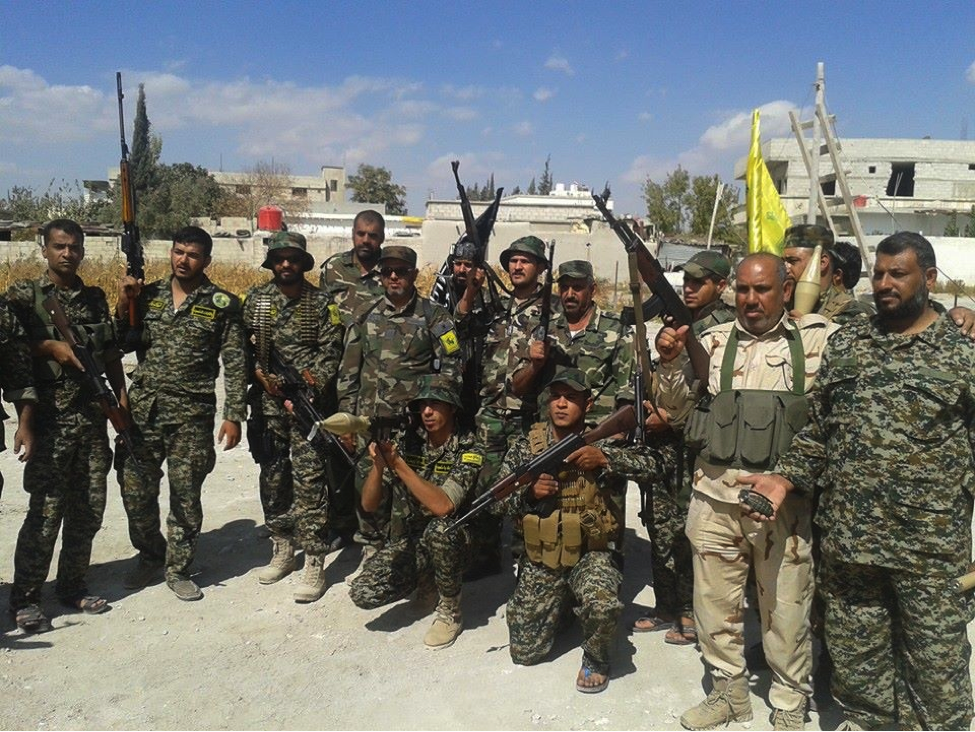
Figure 15: STK fighters stand and kneel together with their weapons as they pose for photographs.

Figure 16: Older and younger fighters sitting together in Rif Dimashq.
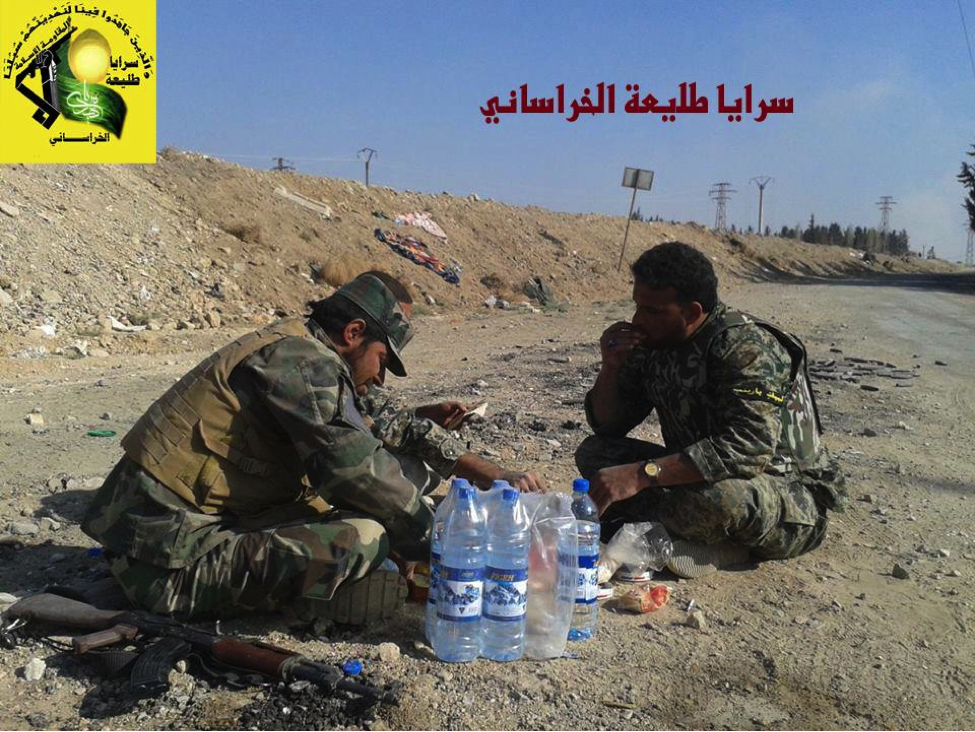
Figure 17: STK fighters take a break during fighting. The photo appears to be taken in the same area where some videos of STK combat engagements occurred.

Figure 18: STK fighters, one appearing to be a Shia cleric, hold a mixture of small-arms.
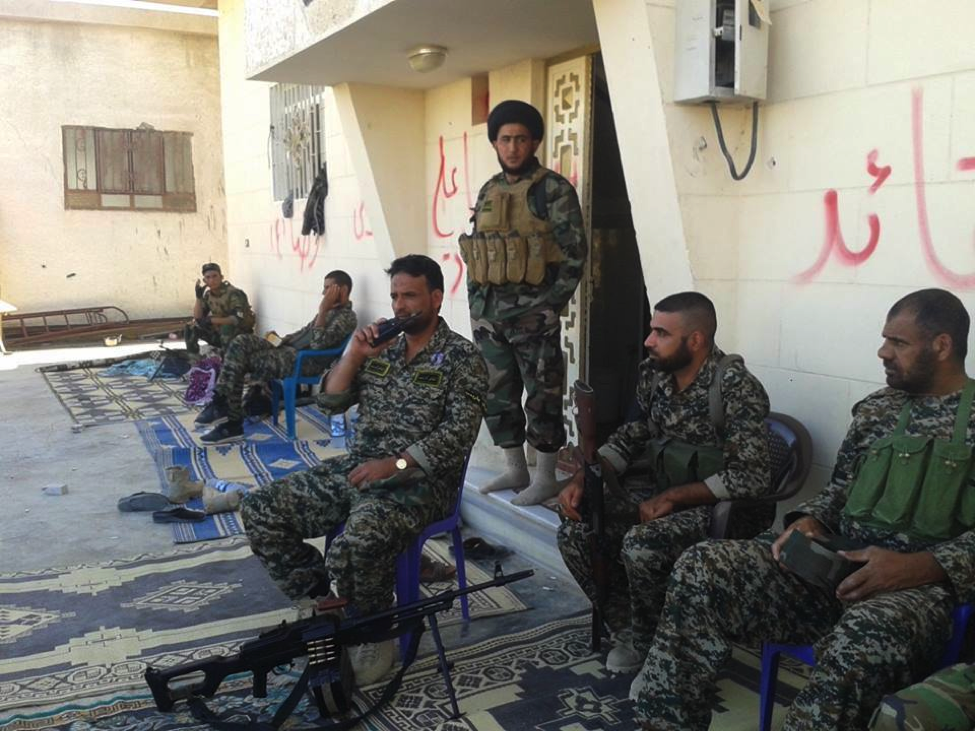
Figure 19: STK militiamen and a fighter in a black turban (signifying clerical status and descent from the Islamic Prophet Muhammed) relax in Rif Dimashq.
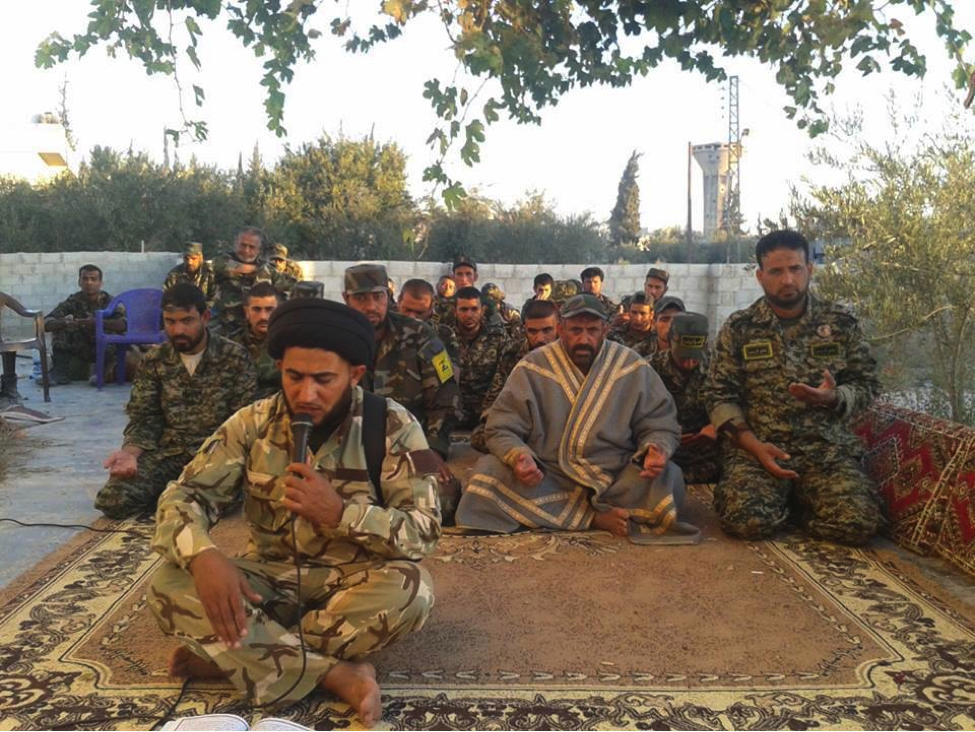
Figure 20: STK fighters at prayer time.
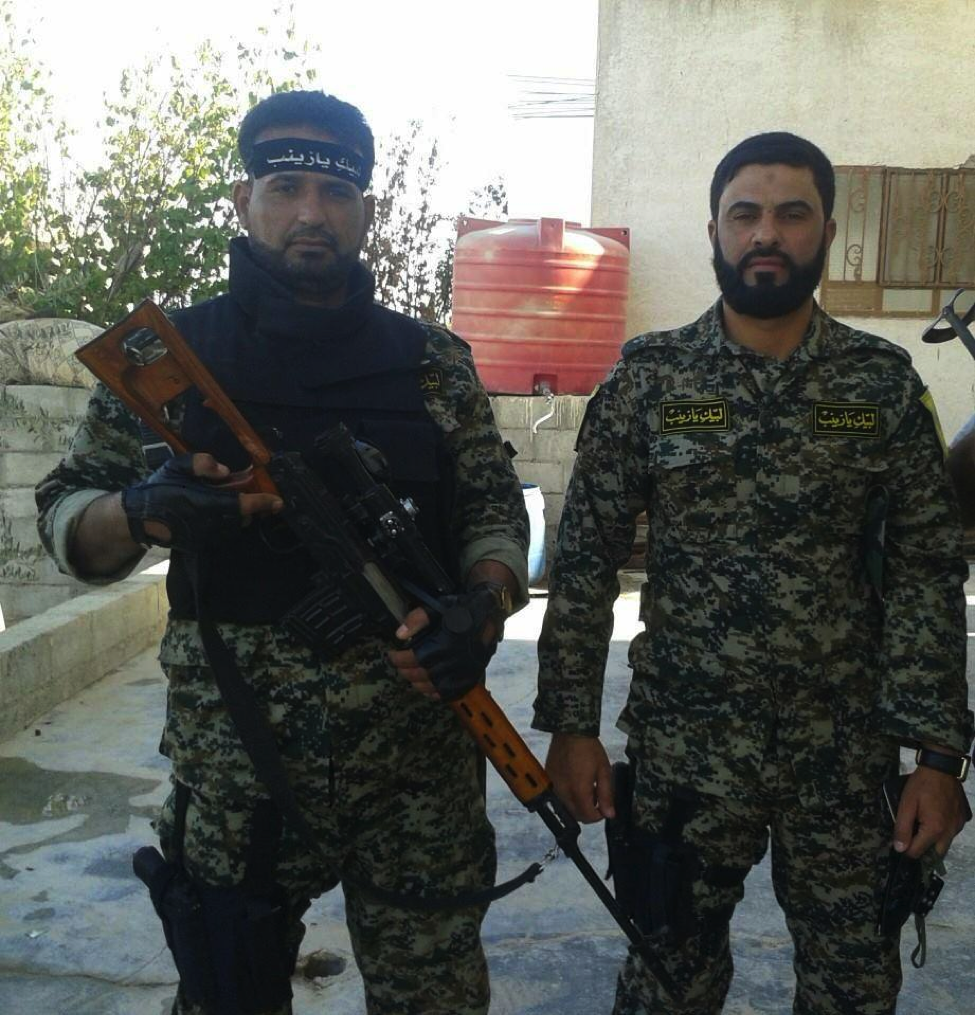
Figure 21: STK fighters. The fighter on the left has an SVD-type sniper rifle.
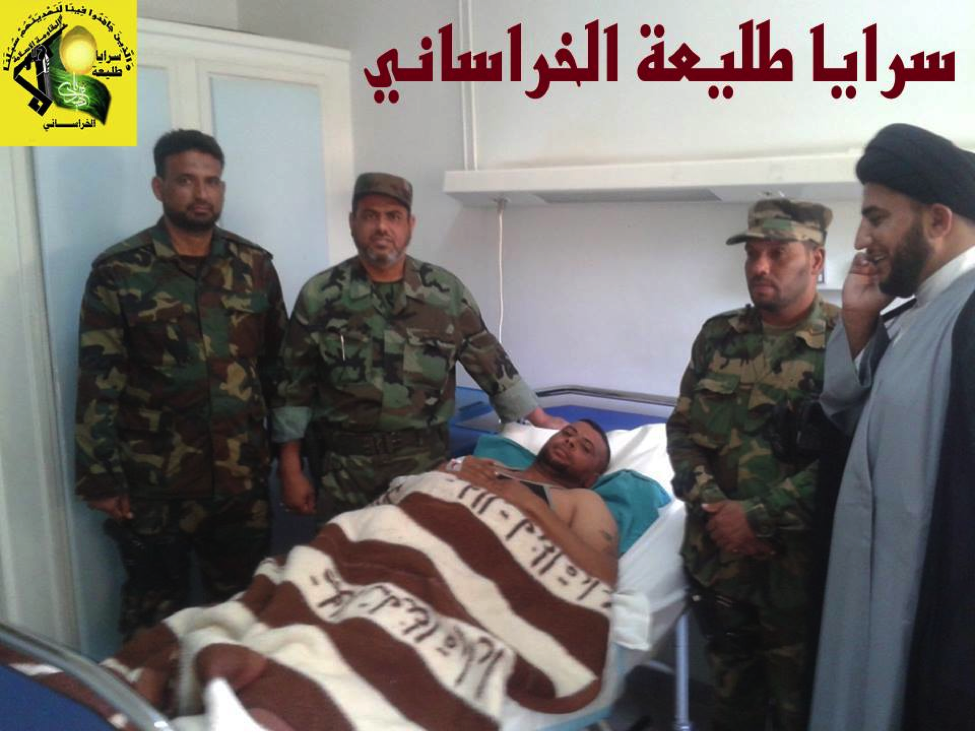
Figure 22: An injured fighter is shown with his compatriots and a Shia cleric.
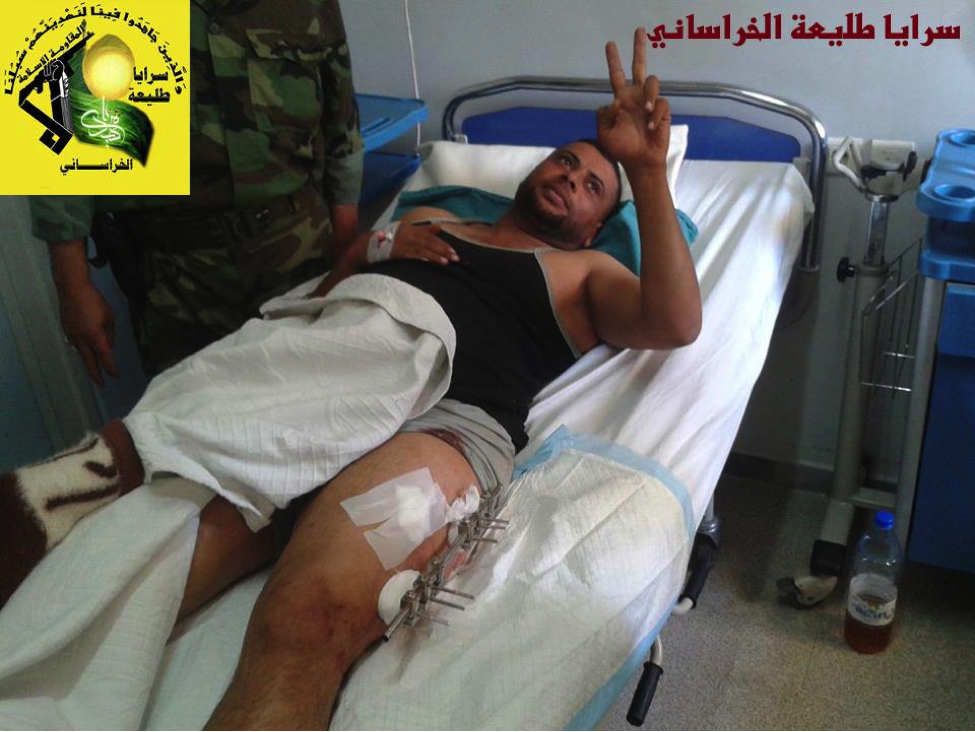
Figure 23: The same injured fighter flashes a “V for victory” symbol from his bed.
STK on Film
STK’s combat videos were first released in October and were quickly disseminated on Shia militia social media. When Syrian rebels came across the films in the weeks after their release, often the fighters were incorrectly branded as members of Liwa’a Abu Fadl al-Abbas.
The first of the videos STK released shows the group fighting from a structure in Rif Dimashq. Save for the caption and titles on the videos posted, there was nothing which identified the fighters in the film as members of STK. In two other combat videos it show STK militiamen operating in East Ghouta section of Rif Dimashq, firing mortars, RPGs, rifles, and other weapons.
[1] Matthew S. Gordon, The Rise of Islam, (Westport, CT: Greenwood Press, 2005), Pp. 47-48. [2] See al-Madrasi’s Facebook page: https://www.facebook.com/pages/%D8%A7%D9%84%D8%B3%D9%8A%D8%AF-%D9%85%D8%AD%D9%85%D8%AF-%D8%AC%D9%88%D8%A7%D8%AF-%D8%A7%D9%84%D9%85%D8%AF%D8%B1%D8%B3%D9%8A/178591738857323 The page has not been updated since 2012 and little information is available about the cleric online.
Hizballah Cavalcade: Liwa’a al-Imam al-Hasan al-Mujtaba: A Shia Militia Fighting in Rif Dimashq/Ghouta
NOTE: For prior parts in the Hizballah Cavalcade series you can view an archive of it all here.
—
Liwa’a al-Imam al-Hasan al-Mujtaba: A Shia Militia Fighting in Rif Dimashq/Ghouta
By Phillip Smyth ([email protected])
Click here for a PDF version of this post
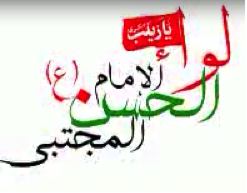
Figure 1: A vidcap of the LIHM’s logo. The symbol reads: “Liwa’a al-Imam al-Hasan al-Mujtaba. A red flag reading, “Ya Zaynab”, a reference to what Shia militias in Syria claim to be fighting for (e.g. the “defense of [the] Sayyida Zaynab” shrine in Damascus) flies on the alif in Liwa’a.
Throughout the summer of 2013, a collection of new Shia militias were announced to be fighting in Syria via social media. On July 23rd, one of these groups was announced on Facebook, carrying the name of Liwa’a al-Imam al-Hasan al-Mujtaba-Sariyya Shahid Ahmed Kayara (The Brigade of Imam Hasan the Chosen-The Martyr Ahmed Kayara Unit or LIHM). LIHM purports to operate in rural and urban sections outside of the city of Damascus. According to material the group has published on social media, the militia has been particularly deployed to defend the Damascus Airport road near Shebaa, in the southeast of Damascus.
The LIHM’s name references Shia Islam’s 2nd Imam, Hasan ibn Ali, who is often referred to in Shia literature as, “The Chosen”. Unlike other Shia militias operating in Syria, LIHM appears to have named sub-divisions of the organization and seems to be more open with announcing the establishment of these groups. Thus, based on social media posts by the group, it can be established that LIHM is split into smaller battalions with differing tasks. This is markedly different from how other Shi’a militias have presented themselves on social media. While it is possible they too have smaller units, usually the names of these groups and the fighters in them are rarely publicized.
Generally, LIHM’s claimed units only post photographs featuring 5-8 fighters. It is unknown if these combat units are limited to only that amount or if they are comprised of larger numbers. LIHM has also claimed to have its own mortar and rocket unit. Other infantry units are called The Abu Hamr Battalion and there is a so-called “Rapid Intervention” unit. The latter is called The Ashtar Battalion (Kata’ib al-Ashtar). It is likely this grouping was named after Malik al-Ashtar, “a long-standing and dedicated follower of the Imam [‘Ali].”[1] The existence of most of these units was announced in September 2013.

Figure 2: Ahmed Kayara (left holding the SVD-type sniper rifle) stands with other Shi’a militia commanders.
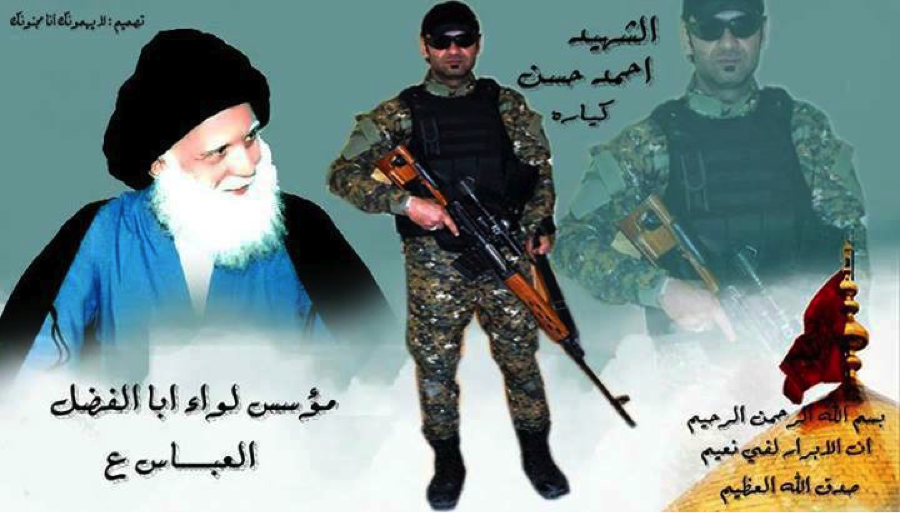
Figure 3: A martyrdom poster featuring Kayara and the late Iraqi Shia Islamist Grand Ayatollah Muhammed Sadiq al-Sadr.
Another one of these subdivisions is Sariyya Shahid Ahmed Kayara or The Martyr Ahmed Kayara Unit. In fact, LIHM’s official Facebook page includes this subdivision in its title. It is claimed that Hajji Thamer leads this group. Ahmed Hasan Kayara, also known by his nom de guerre, Abu Hamza, was one of the first publicly announced dead from the Damascus-based Shia militia, Liwa’a Abu Fadl al-Abbas. Videos of him in combat could be found online in early 2013. It was slowly established on social media circles that he was held a command position in Liwa’a Abu Fadl al-Abbas.
In late May and early June, comments on Kata’ib Sayyid al-Shuhada’s (KSS) original private Facebook group (before it was closed) claimed that some of the killed KSS members in Syria had been part of the Martyr Ahmed Kayara Unit. However, claims of the existence of a similarly named fighting group were only presented by the Facebook supporters of the different Shia militia groups, not by official administrators. Only with the creation of the LIHM’s Facebook were the militia and this particular subunit’s existence formally established.
Unlike other Shia militias operating inside Syria, LIHM has not posted any photographic material showing a link to Iran. However, when basic details regarding their fallen fighters are analyzed, it is clear these militiamen came from an Iranian-backed Iraq-based front group known occasionally as Harakat Nujaba. It has been established that Harakat Nujaba is a front for the Iranian-backed Asa’ib Ahl al-Haq and Kata’ib Hizballah.[2] This front organization was first analyzed on Hizballah Cavalcade when it announced that it was supplying fighters to Liwa’a ‘Ammar Ibn Yasir, a Shia militia which claims to operate in Aleppo. The reasons for excluding the Iranian Revolution (1979) themed material may be part of an effort to create more support for Shia militia operations in Syria along a broader Pan-Shia line.

Figure 4: LIHM’s “Rapid Intervention” unit, The Ashtar Battalion.
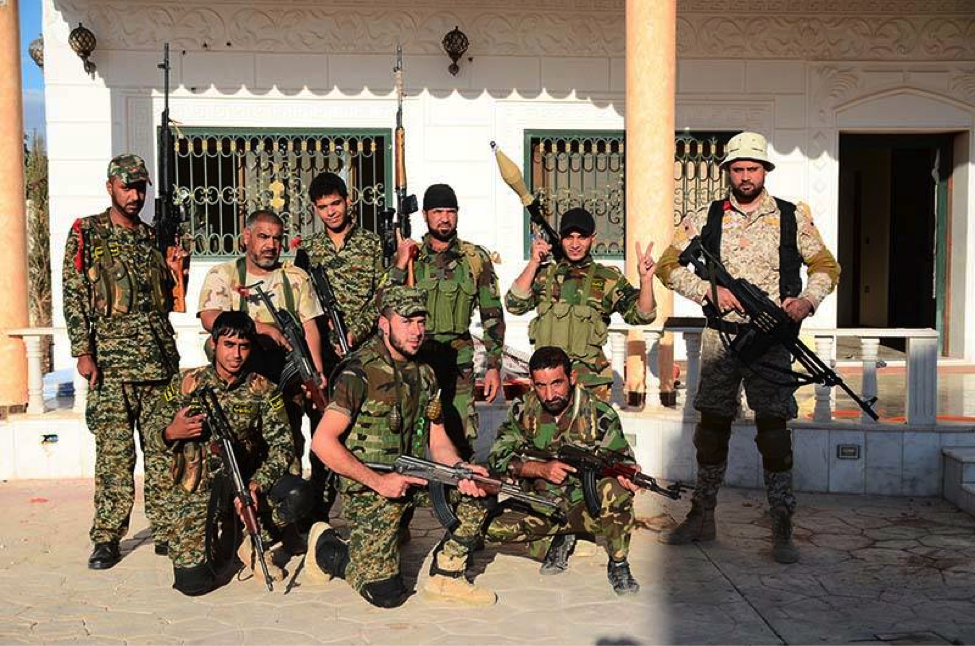
Figure 5: LIHM’s “Abu Hamr Batallion” (Kata’ib Abu Hamr) which claims it, “protects the holy shrines”.
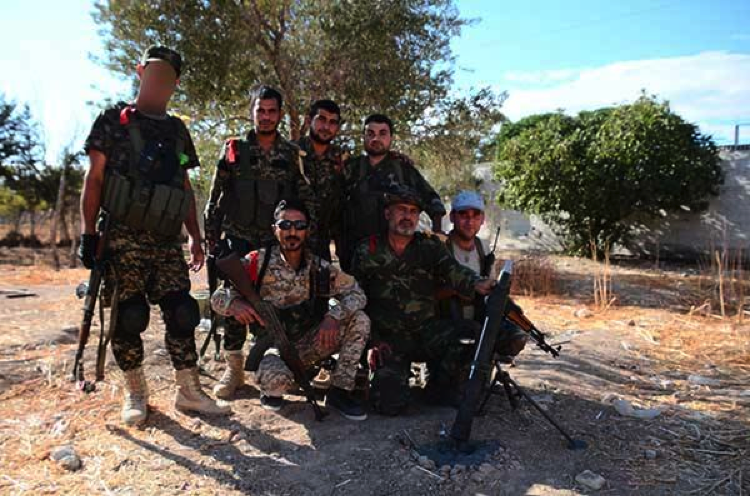
Figure 6: LIHM claims this is their “Mortar and Rocket Battalion”.
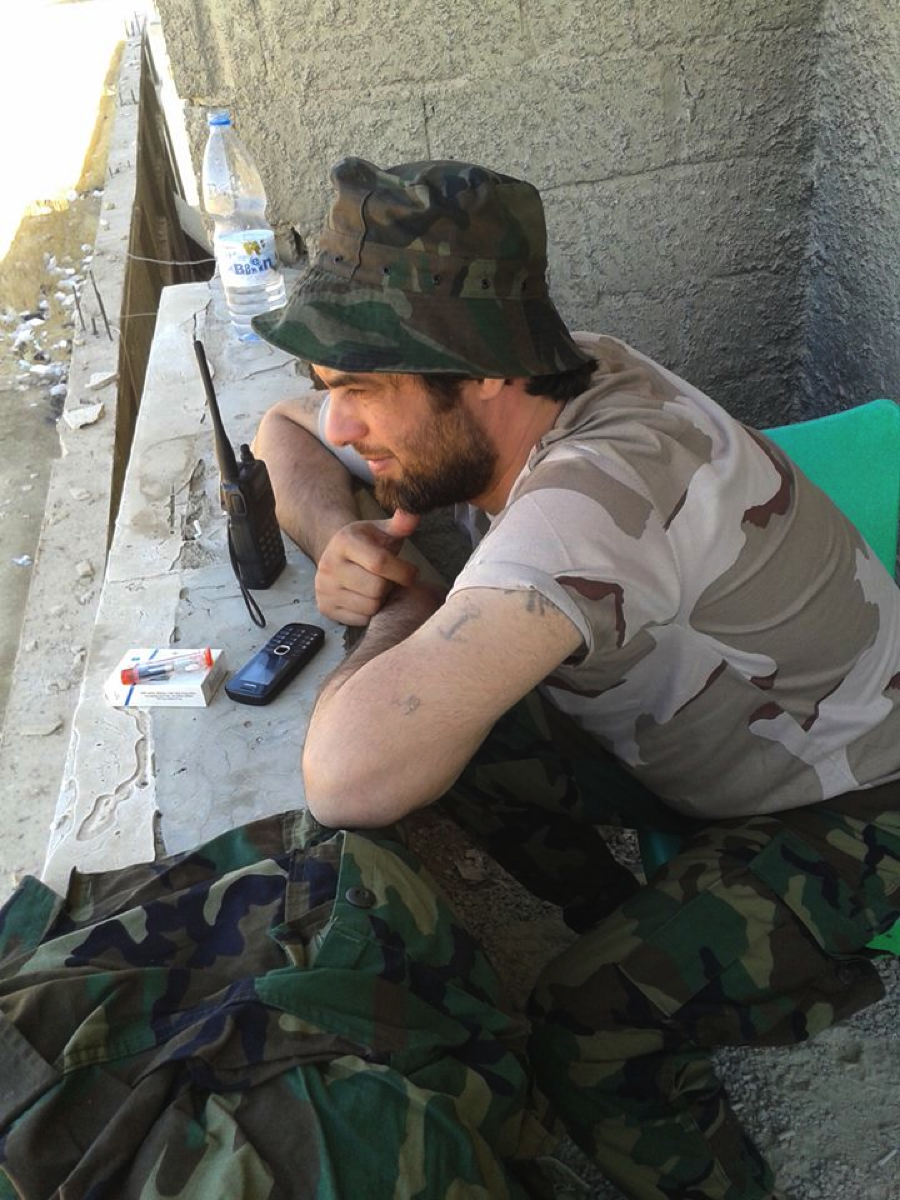
Figure 7: Haji Thamer, the commander of LIHM’s Martyr Ahmed Kayara Unit.

Figure 8: An LIHM fighter by the name of Saif al-Salam sits wrapped in a blanket near a sandbagged position.
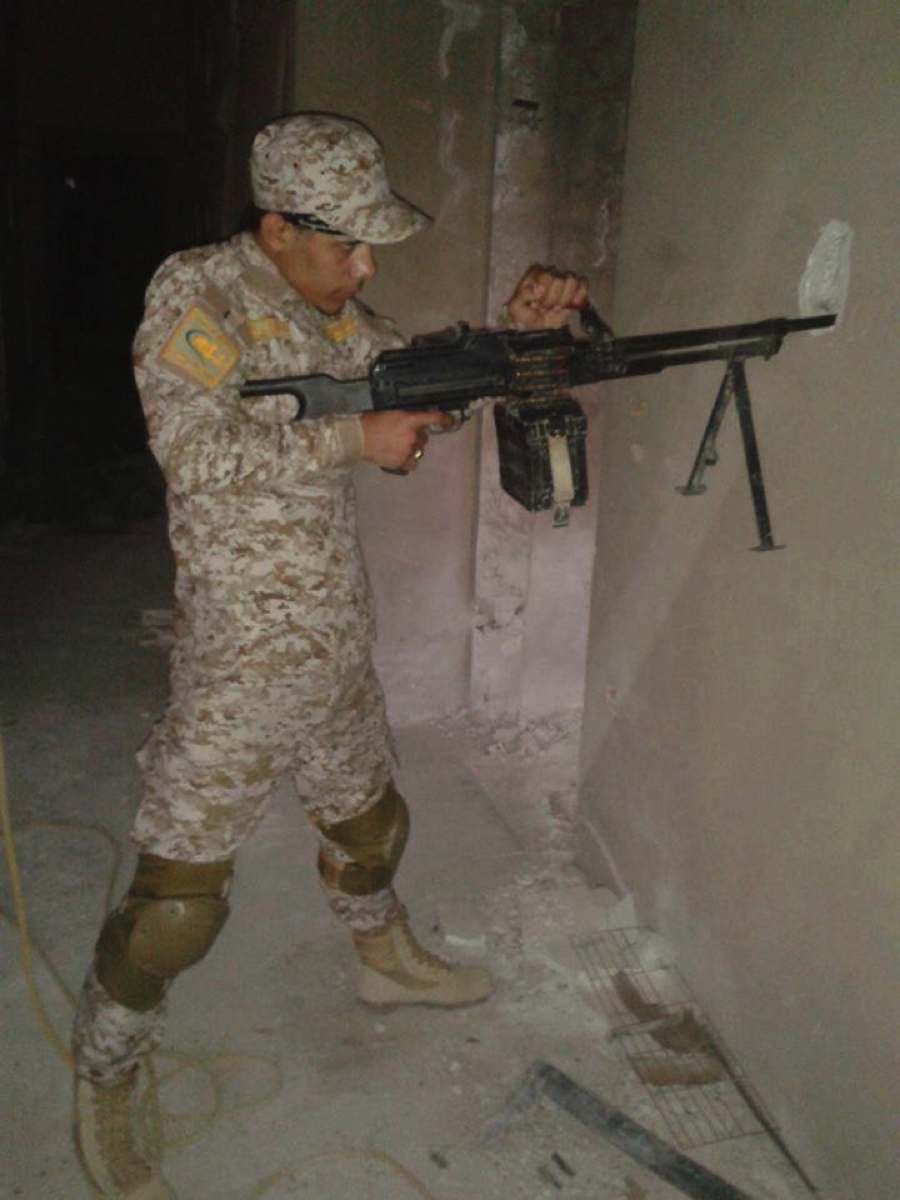
Figure 9: Sajad al-Iraqi, reportedly a member of the LIHM’s Martyr Ahmed Kayara Unit, takes aim with a PKM-type machine gun. Note the distinctive shoulder patch.
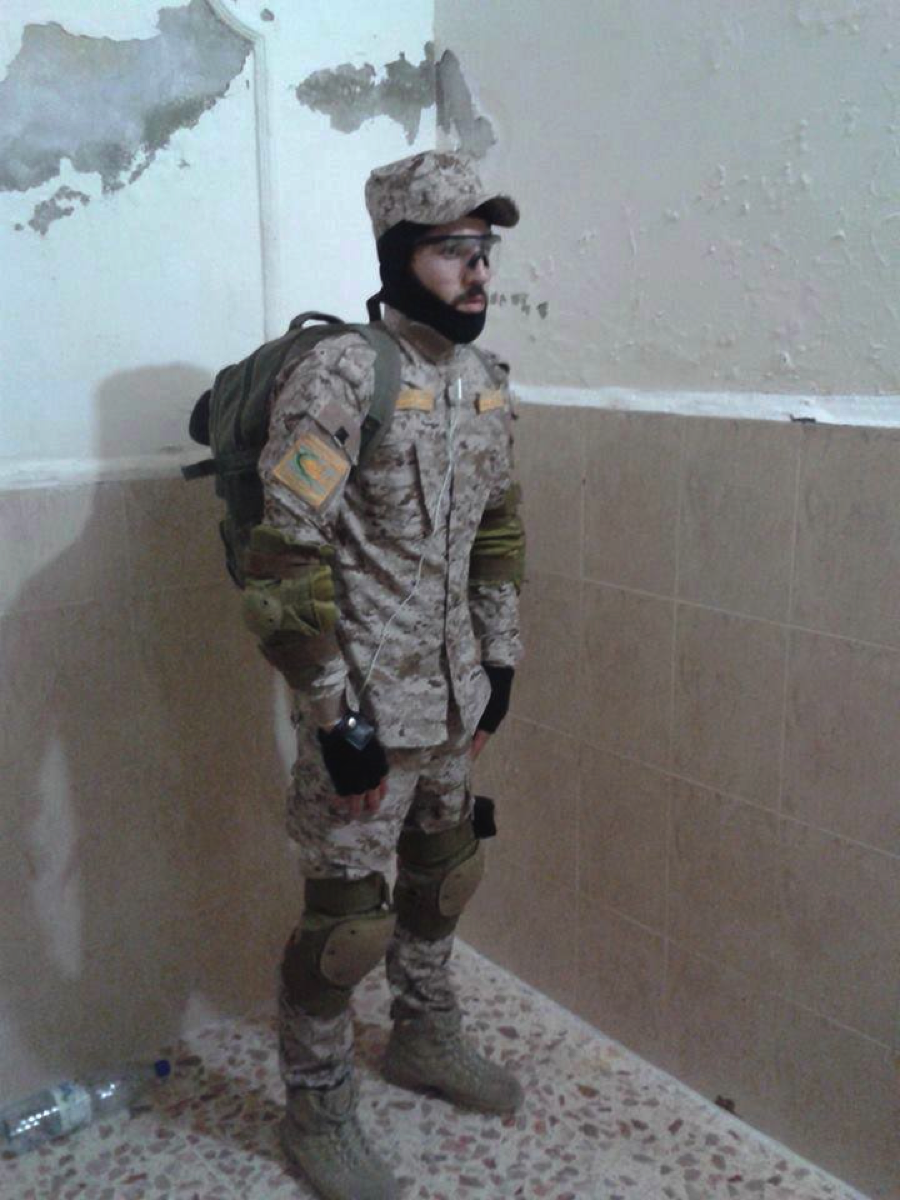
Figure 10: Abu Muqtada al-Baghdadi, another LIHM militiaman. Note the distinctive shoulder patch.
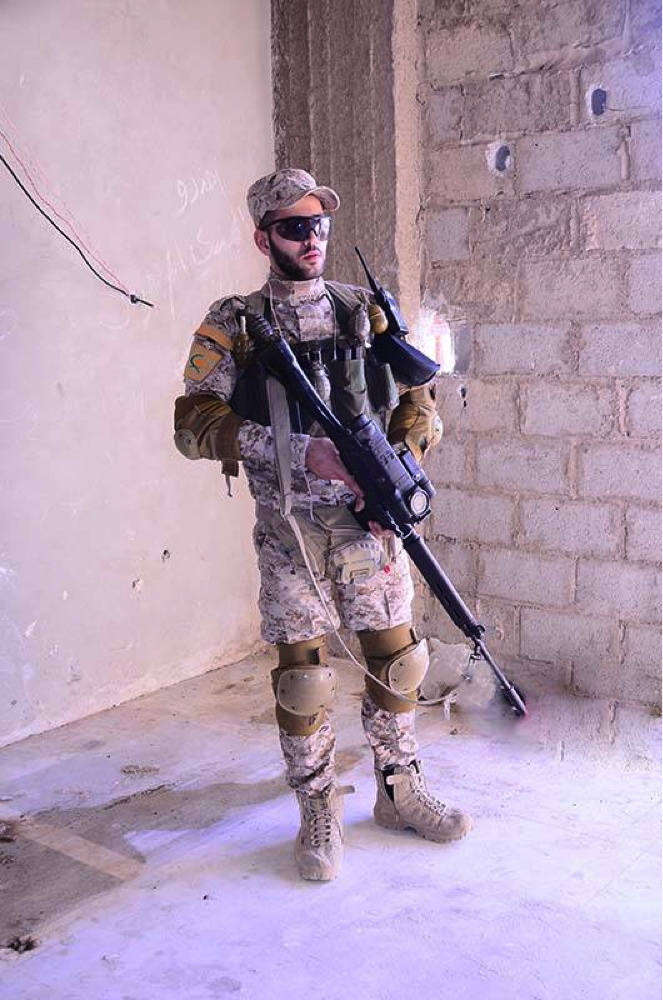
Figure 11: LIHM’s Hashim al-Baghdadi holds a FAL-type rifle mounted with optics. Note the distinctive shoulder patch.
LIHM’s Martyrs
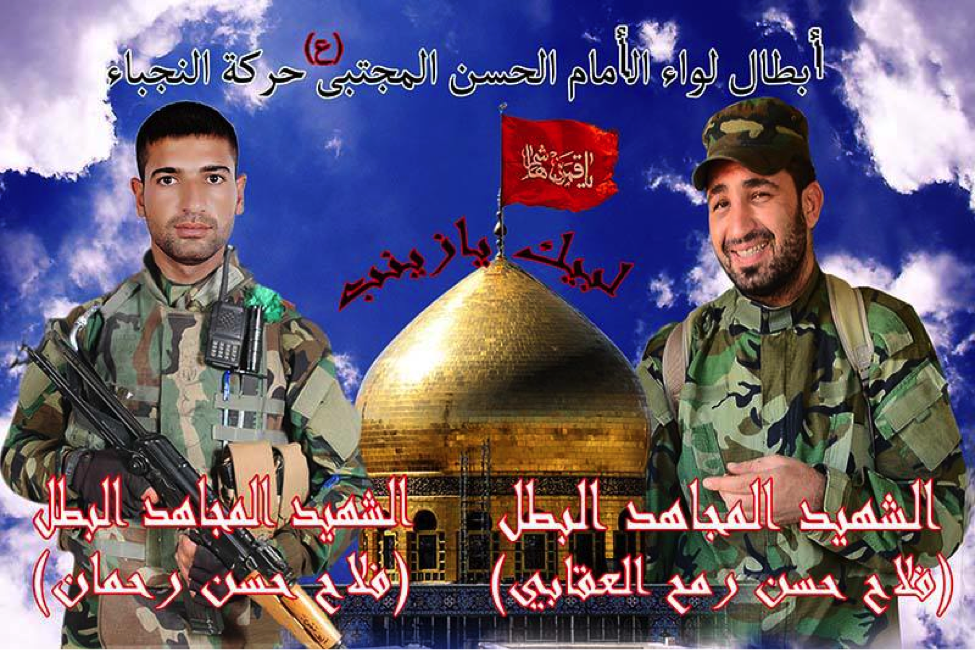
Figure 12: Fala’ Hasan Rahman (left) and Fala’ Hasan Rama’ al-‘Aqabi (right) are pictured in a joint martyrdom poster. In the center sits the golden dome of the Sayyida Zaynab Shrine in Damascus. This and other posters identify them as members of Harakat Nujaba.
Name: Fala’ Hasan Rama’ al-‘Aqabi
Death Announced: September 2, 2013
Notes: ‘Aqabi’s was listed as a member of the Harakat Nujaba. Harakat Nujaba is a front set-up by Kata’ib Hizballah and Asa’ib Ahl al-Haq to funnel fighters from Iraq to Syria. The group is the main front which supplies fighters to Liwa’a Ammar Ibn Yasir.
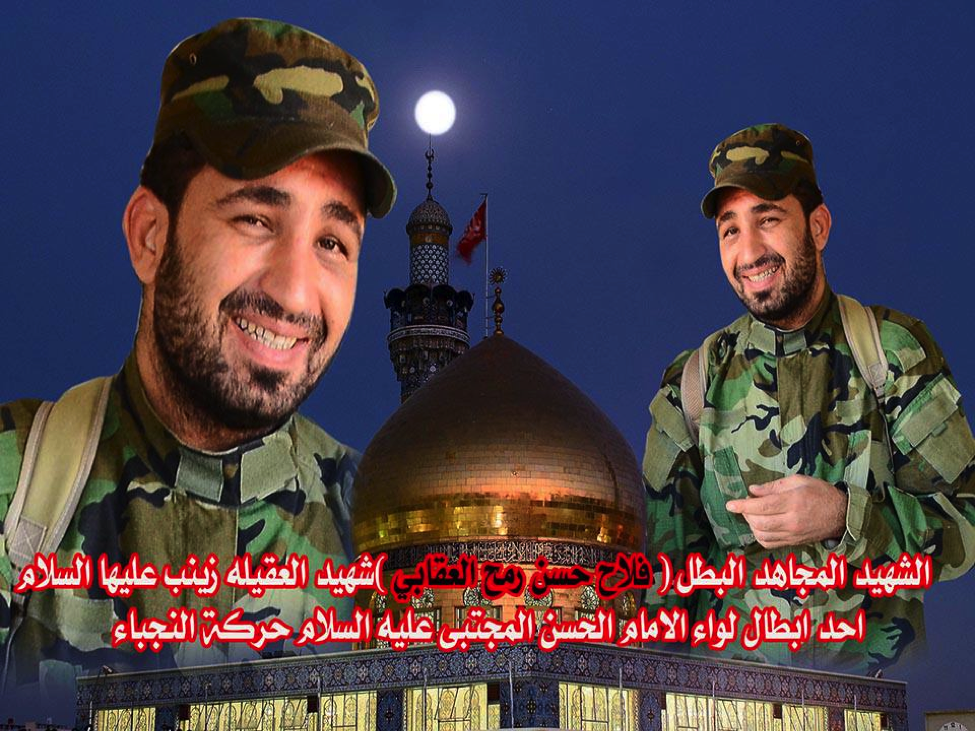
Name: Fala’ Hasan Rahman
Death Announced: September 3, 2013
Notes: Rahman was listed as a member of Harakat Nujaba.
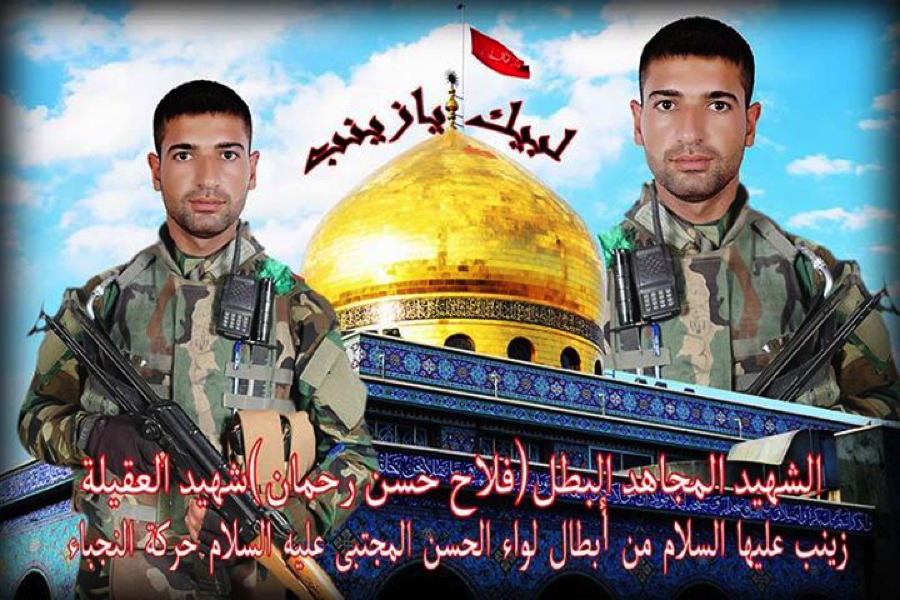
Combat Videos
LIHM’s fighters have been featured in a number of videos uploaded to YouTube and Facebook. In one of the videos, an interviewer claims the group is fighting, “irhab al-kafir” or “infidel terrorism”. Shia identity is also reinforced with the singing of an ad hoc nashid and chants which praise historic and symbolic Shia leaders like Abbas and Zaynab.
Like other Shia militias in Syria, these videos often feature videos demonstrating the group’s acumen when it comes to deploying snipers. One interesting feature of these clips is to show LIHM fighters firing a round and then showing a split screen utilizing footage of Syrian rebels being shot and killed. Additionally, common Syria-oriented Shia militia songs used by other Shia militias and some older footage from Liwa’a Abu Fadl al-Abbas (particularly video of Ahmed Kayara) has been repackaged in these videos.
[1] Reza Shah-Kazemi, “A Sacred Conception of Justice: Imam ‘Ali’s Letter to Malik al-Ashtar” in M. Ali Lakhani, The Sacred Foundations of Justice in Islam: The Teachings of ʻAlī Ibn Abī Ṭālib, (North Vancouver, B.C.: Sacred Web Publishing, 2006), P.64. [2] See: https://www.reuters.com/article/2013/08/30/us-syria-crisis-iraq-idUSBRE97T0XH20130830
Hizballah Cavalcade: Liwa’a ‘Ammar Ibn Yasir: A New Shia Militia Operating In Aleppo, Syria
NOTE: For prior parts in the Hizballah Cavalcade series you can view an archive of it all here.
—
Liwa’a ‘Ammar Ibn Yasir: A New Shia Militia Operating In Aleppo, Syria
By Phillip Smyth ([email protected])
Click here for a PDF version of this post
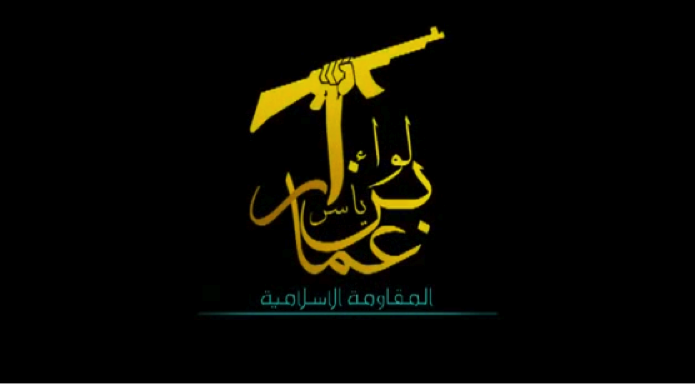
Figure 1: The logo for Liwa’a ‘Ammar Ibn Yasir. The group’s name is stylized into a pattern which includes the Lebanese Hizballah/Iranian Revolutionary Guard Corps style symbol of a fist gripping an AK-47. (In Gold) “Liwa’a ‘Ammar Ibn Yasir” (‘Ammar Ibn Yasir Brigade) and (in blue) “Al-Muqawama al-Islamiya” (“The Islamic Resistance”).
Since the first announcement of organized Iraqi Shia fighting on behalf of the Assad regime in Syria, their geographic displacement in the country was often matched with their propaganda statements. Both Liwa’a Abu Fadl al-Abbas and Liwa’a Zulfiqar have stated on their multitude of social media platforms, videos, and through photographs, that their primary area of operation is Damascus. In particular, the Saydah Zaynab Shrine features heavily in their propaganda and the groups are self-proclaimed “Defenders” of the Shrine.
However, with the creation of Liwa’a ‘Ammar Ibn Yasir (‘Ammar Ibn Yasir Battalion or LAIY), the “Defenders of the Saydah Zaynab Shrine” narrative is now encompassing an organization which—according to its statements and other sources—does not operate in Damascus or directly maintain a presence at the Saydah Zaynab Shrine. In fact, LAIY advertises the fact that it is operating in the areas surrounding the northern Syrian city of Aleppo. In videos released by the group onto YouTube, the films’ titles proclaim LAIY fighters are present in rural sections of Aleppo. While this could not be independently confirmed, it would appear the group is attempting to cast another narrative that LAIY is the pro-Assad Shia militia organization which handles combat operations in the Aleppo area.
The fact the group is announcing it is operating in Aleppo is very important when assessing the manner Iranian-backed Shia militias have been utilized in Syria. Initially, most analysts and journalists have acknowledged these groups have fought around the Saydah Zaynab Shrine in Damascus or, as with Lebanese Hizballah, fought at Qusayr. This represents a major departure from the accepted line and shows that Iraqi-staffed Shia militias are likely operating in other urban areas throughout the country.
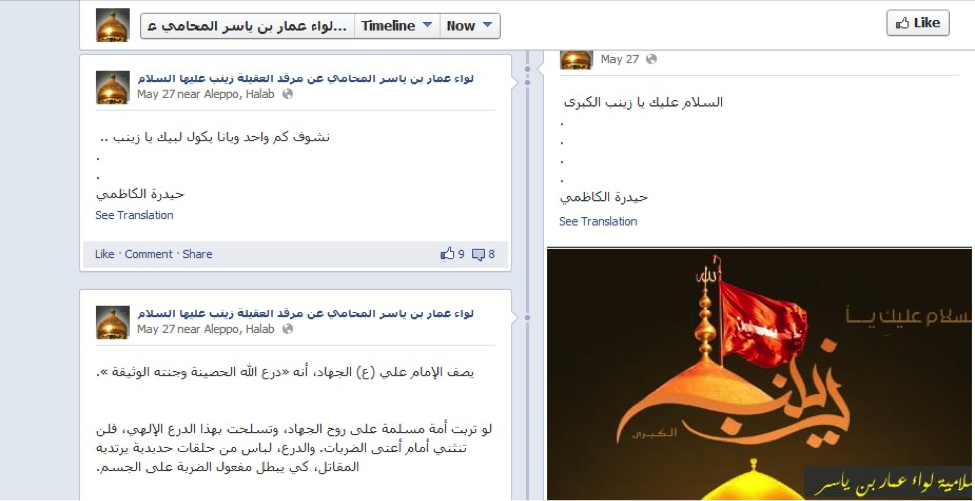
Figure 2: Since the creation of LAIY’s official Facebook page, the group has made attempts to demonstrate they are posting statuses from Aleppo.
Initially, LAIY announced their presence to the world through the creation of a Facebook page made at the end of May, 2013. The page only posted basic status updates including quotes from Lebanese Hizballah General Secretary and in a blatant display of their loyalty to Iran, postings of two photographs featuring Iranian Supreme Leader Ayatollah Ali Khamenei. The caption for one of the photographs read, “Labayka ya Khamenei” (“We are here for you, O Khamenei”). Other early photographs emphasized the same “Defenders of the Saydah Zaynab Shrine” narrative first promoted by Liwa’a Abu Fadl al-Abbas and Lebanese Hizballah.
The logic behind the continuance of the “Defenders of the Saydah Zaynab Shrine” narrative for a group not directly defending it, is likely a way to express that despite LAIY not directly defending the shrine, the very fact they are countering anti-Assad forces in other parts of Syria helps save the shrine. Extending the narrative in this way allows for later potential announcements addressing the presence of other pro-Assad Shia militia in other areas of Syria. The rhetoric also acts and as a blanket explanation for why the groups’ directly cooperate and back the regime of Bashar al-Assad. For LAIY’s messaging campaign, it is key to demonstrate that backing Assad on all fronts means the Saydah Zaynab Shrine and other Shia religious structures will be protected.
Off of the internet, LAIY made its presence known in the same way Kata’ib Sayyid al-Shuhada did during the Spring of 2013; Via extravagant funeral cum demonstrations for fallen members of the organization. On June 4, a large funeral in Iraq’s Maysan was held for seven members of LAIY. Like Kata’ib Sayyid al-Shuhada, at the group funeral, representatives from the organization announced they would defend shrines, “All over the world”.[1]
LAIY has also exhibited a number of advanced messaging strategies. When the organization was announced, it already had its own song (posted below), a symbol, fighters dressed in similar combat fatigues, and a clear messaging strategy to address its presence in Syria.
LAIY’s Name
Liwa’a ‘Ammar Ibn Yasir takes its name from ‘Ammar Ibn Yasir. Described by historian Matti Moosa as, “one of Ali’s [considered by Shia to be the Islamic prophet Muhammed’s true successor for leadership of the Muslim community] most zealous companions and champions”, Yasir is revered by Shia for his loyalty.[2]
The group’s name also references the tomb of ‘Ammar Ibn Yasir which was located in Raqqa, Syria. The tomb was blown-up by Sunni Islamist rebels forces in March, 2013. These forces also recorded the destruction of the tomb and distributed their video online.[3] The video then made its rounds on pro-Assad media outlets. In terms of narrative development, the adoption of the name of a destroyed Shia shrine in Syria further underlines the line the group previously established as, “Defenders of shrines”.
Nevertheless, there have been no specific mentions of the destruction of ‘Ammar Ibn Yasir’s tomb via the group’s statements to the media or through their social media presence.
LAIY’s complete name is, Al-Muqawamah al-Islamiya fi Iraq Liwa’a ‘Ammar Ibn Yasir Hizballah al-Nujaba’ (The Islamic Resistance In Iraq ‘Ammar Ibn Yasir Brigade Hizballah Movement of the Outstanding). Adding further complication to the group, LAIY claims to be a part of Harakat Hizballah al-Nujaba’ or Harakat al-Nujaba’ (The Hizballah Movement of the Outstanding). This group, in and of itself, is also new. Harakat Hizballah al-Nujaba’ draws its name from the regularly used “Hizballah” term, a name found and utilized by a multitude of Iranian-backed organizations. It has also added that it is a “Harakat” or “movement”, most likely a way to appear as if it has greater numbers. The addition of the term, “al-Nujaba’” (plural for “The Outstanding”) references a term sometimes used in relation to the return of Imam al-Mahdi (for Shia, the Mahdi will return in a messianic form and establish a truly just earthly regime).[4]
LAIY’s Links, & Ideology
Based on the large amount of imagery, videos, and direct statements praising Iran’s Supreme Leader, Ayatollah Khamenei and repeated insistences where the group has said it is, “at Khamenei’s service”, LAIY does not hide its allegiance to Iranian leadership and ideology. The utilization of the exact “Defense of the Saydah Zaynab Shrine” narrative, honed by Lebanese Hizballah, Iran, and Iran’s many Iraqi Shia proxies—Many of whom have contributed fighters to the battle in Syria—also demonstrates a mirroring of larger Iranian strategies.
Sheikh Akram al-Kaabi, a founder and leader of Asa’ib Ahl al-Haq, an Iranian-backed organization which has lost members in Syria, has also featured prominently in LAIY propaganda. Al-Kaabi has described as a “Leader” by the group’s Facebook page and on posters the group has issued. The link to Asa’ib Ahl al-Haq further suggests LAIY and Harakat Hizballah al-Nujaba’ may be front groups for other existing Iranian-backed Iraqi Shia parties. Additionally, imagery used for martyrdom posters matches those found with Asa’ib Ahl al-Haq. These posters normally feature Grand Ayatollah Muhammed Sadiq al-Sadr and Iranian Supreme Leader, Grand Ayatollah Khamenei with a dark background or one featuring the Saydah Zaynab Shrine (see: Hizballah Cavalcade’s Roundup of Iraqi’s Killed in Syria, Parts 1, 2, and 3).
The utilization of the phrase, “Islamic Resistance” has also been a hallmark for Iranian-created organizations and has made a strong presence among the multitude of groups under Tehran’s guidance. Lebanese Hizballah calls itself, “Al-muqawama al-islamiya fi lubnan” (“The Islamic Resistance in Lebanon”).[5] Both Asa’ib Ahl al-Haq and Kata’ib Hizballah have characterized themselves as the “Islamic Resistance in Iraq”.[6]
